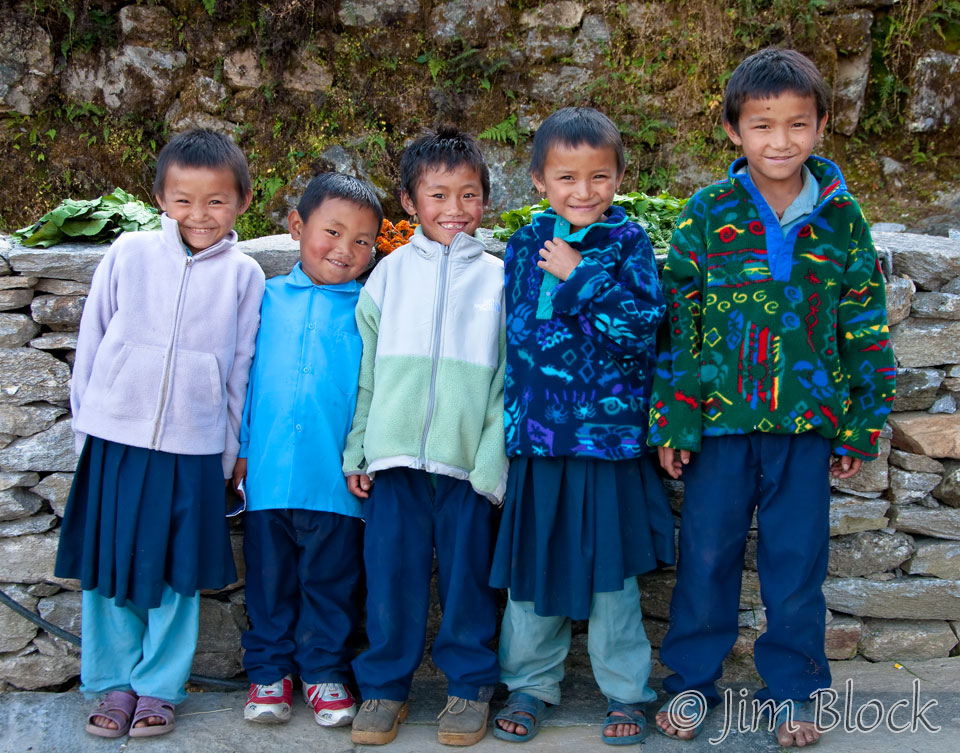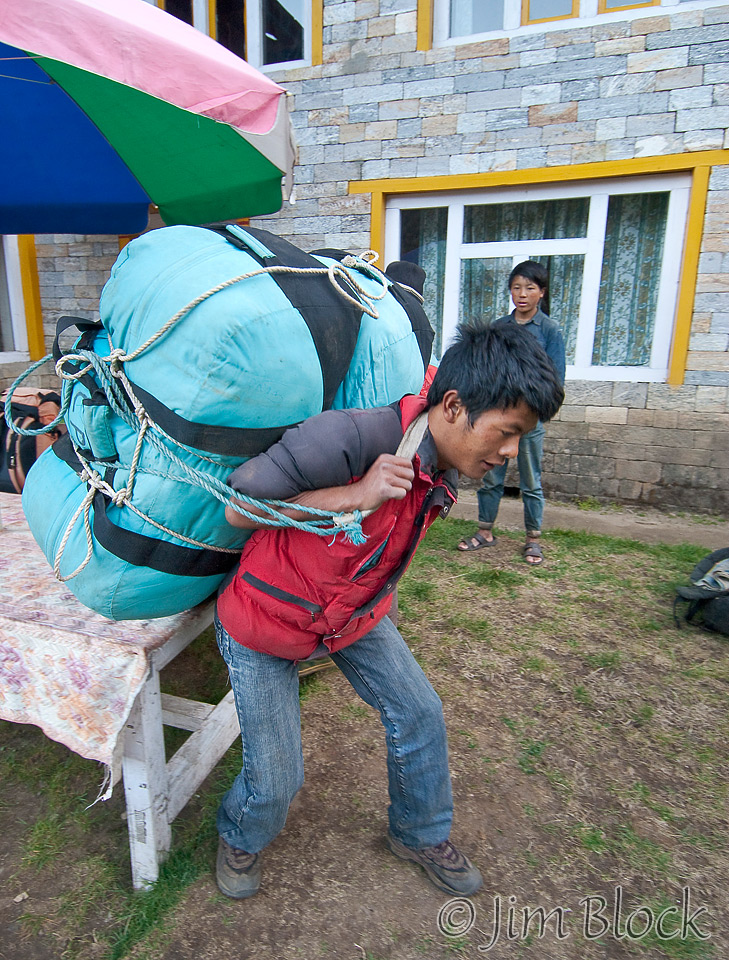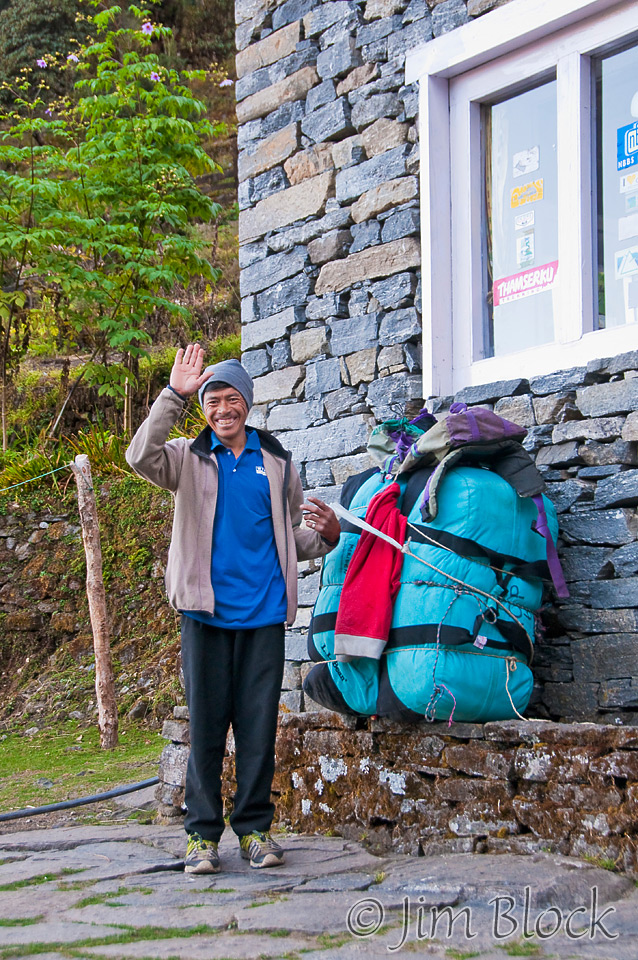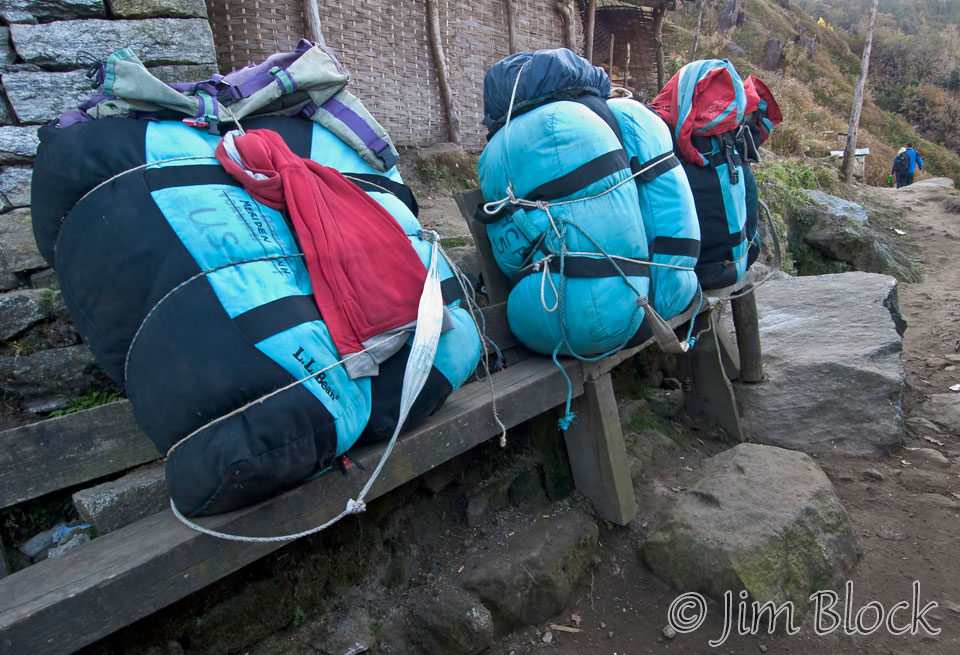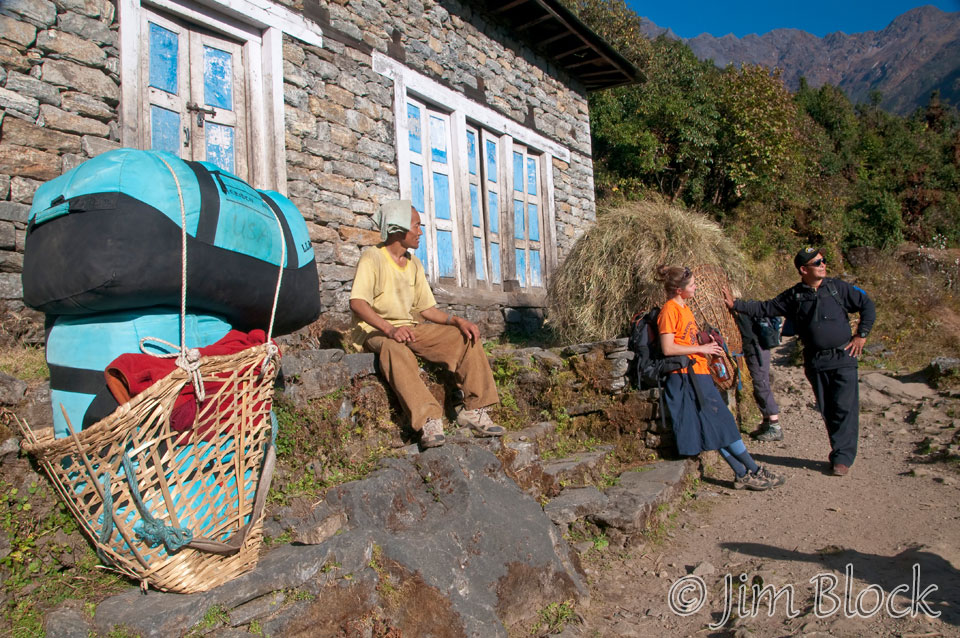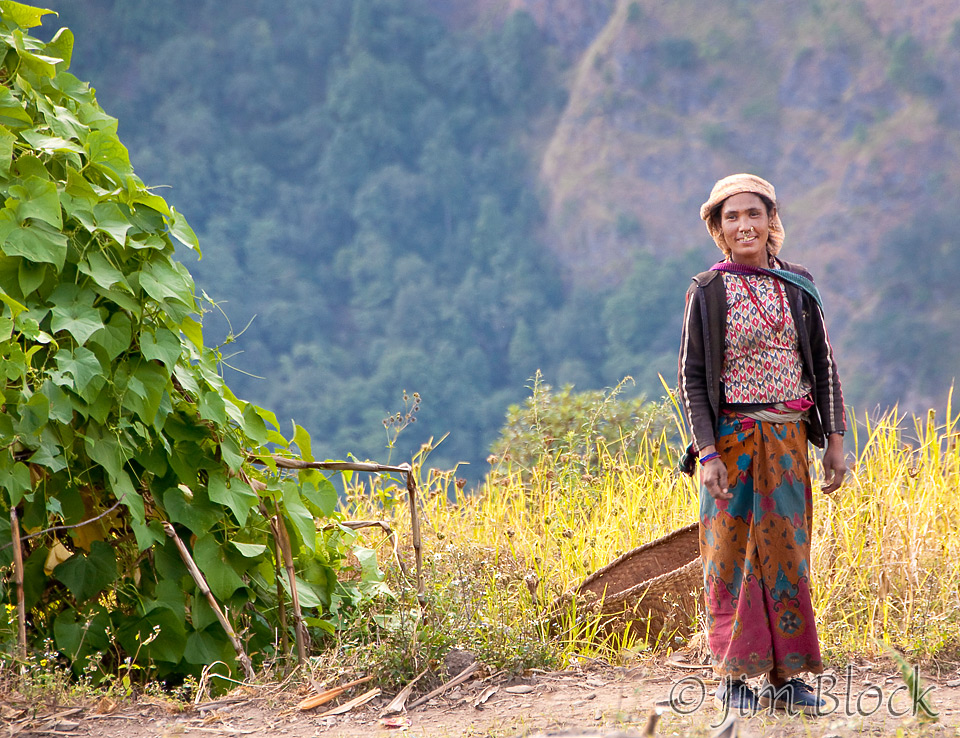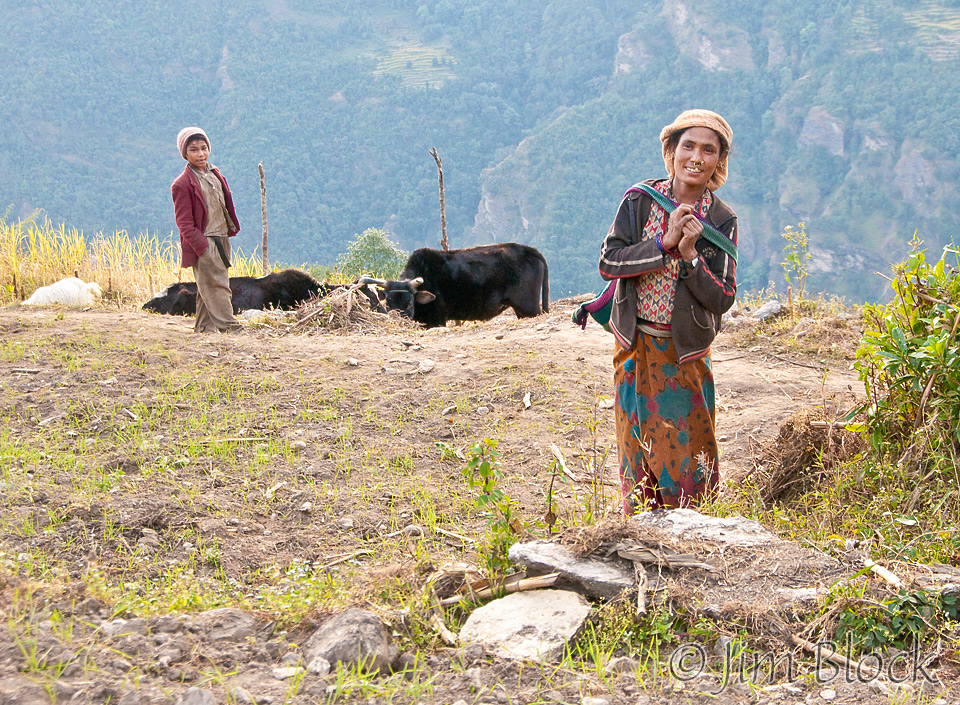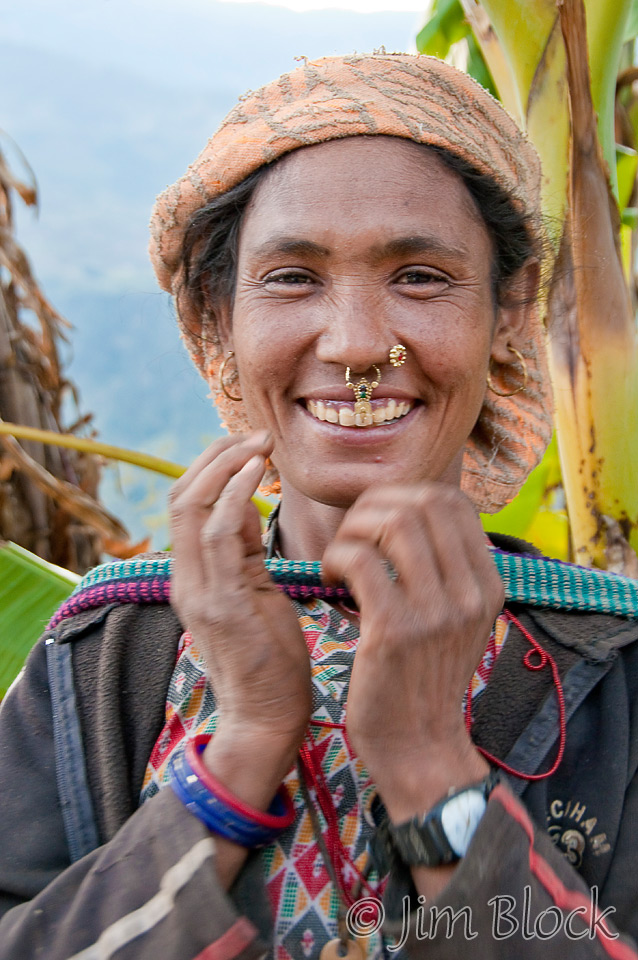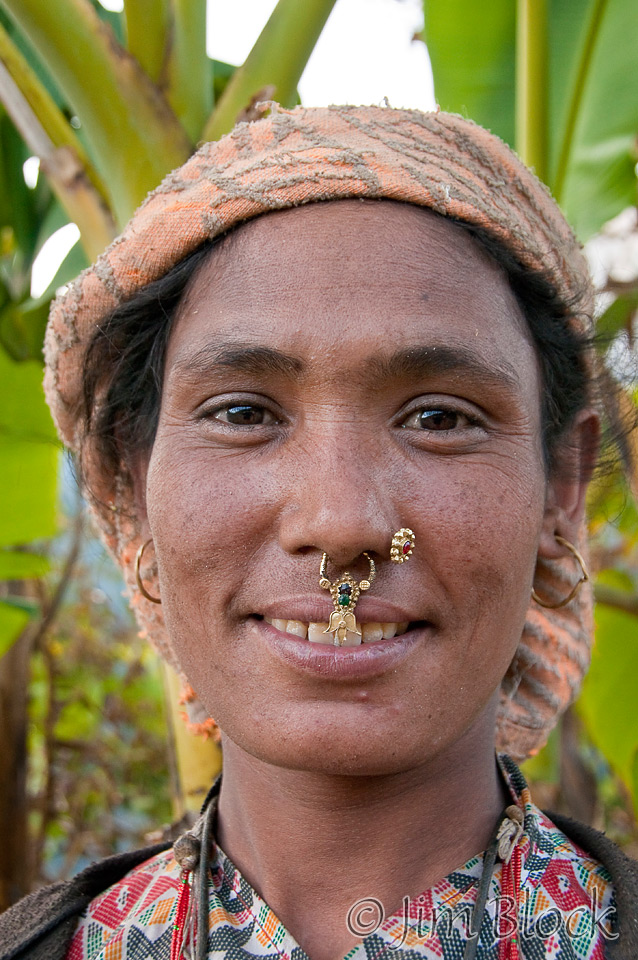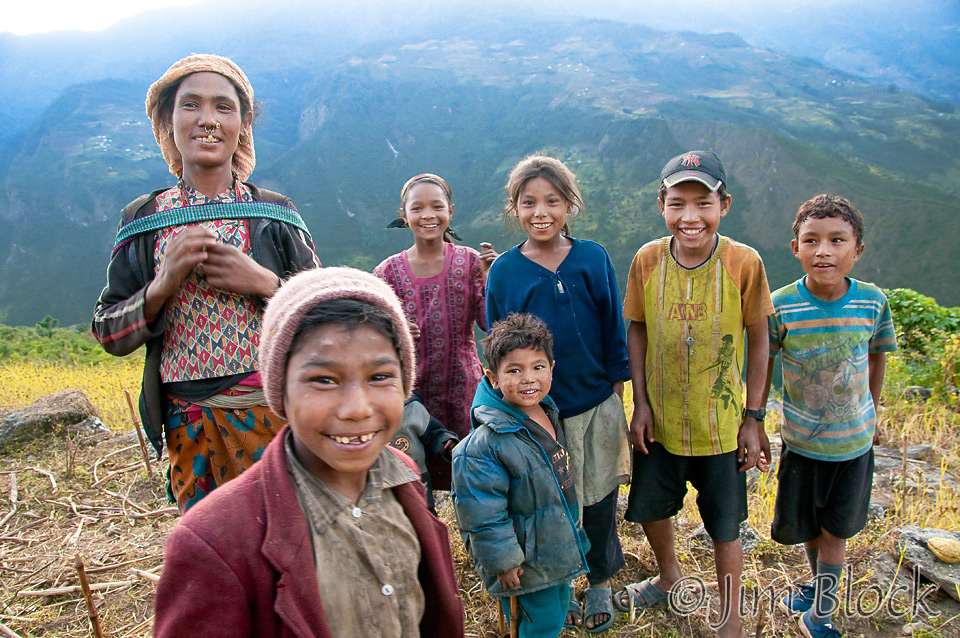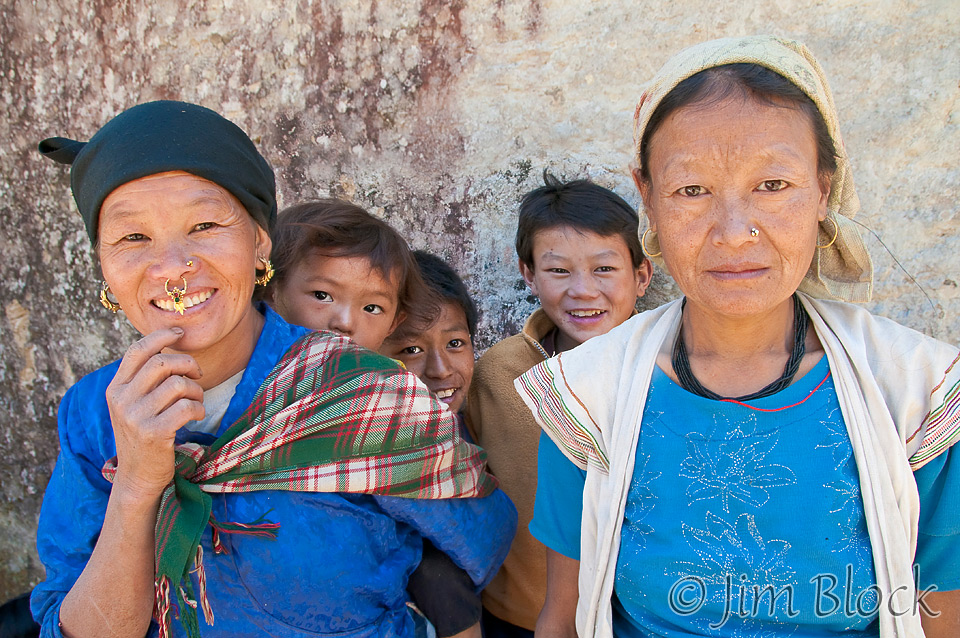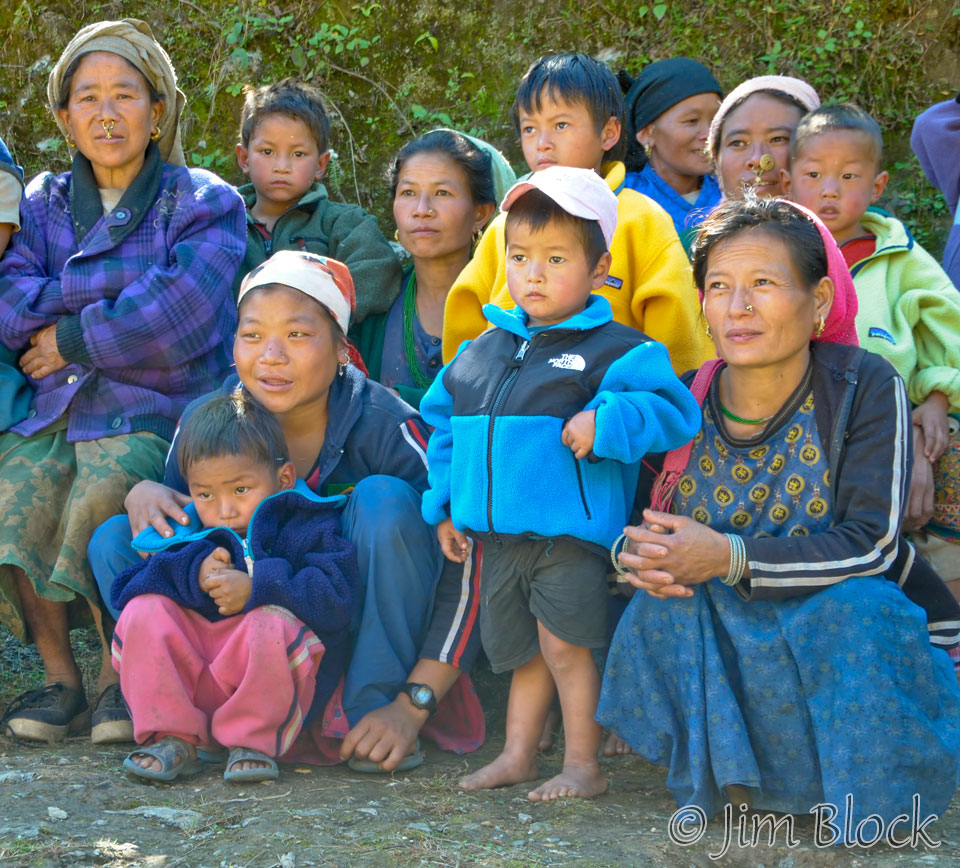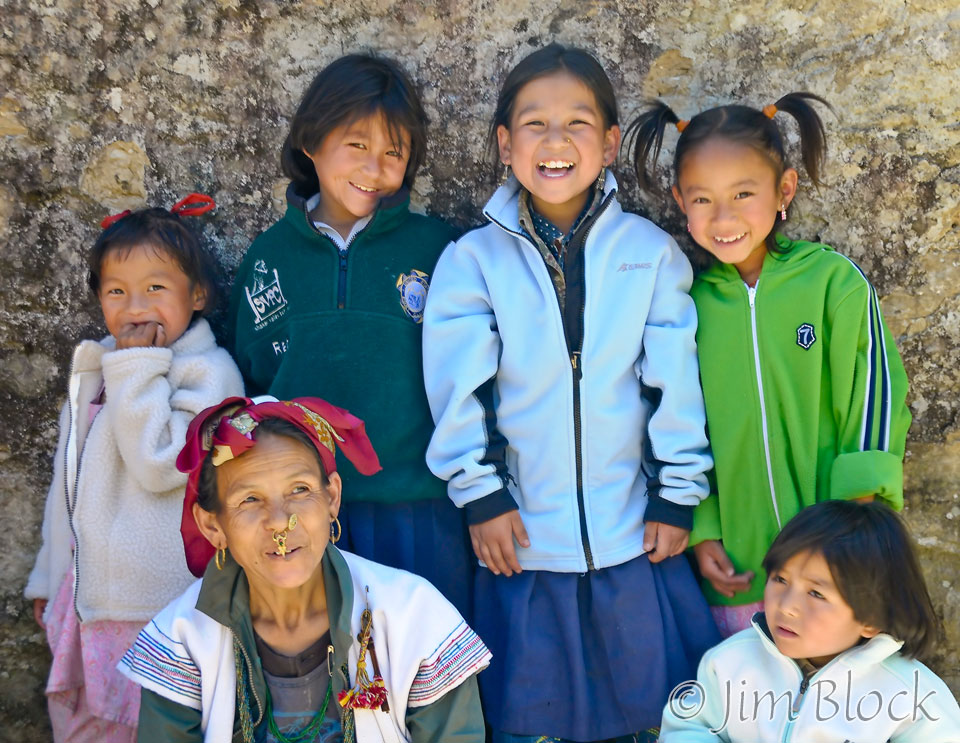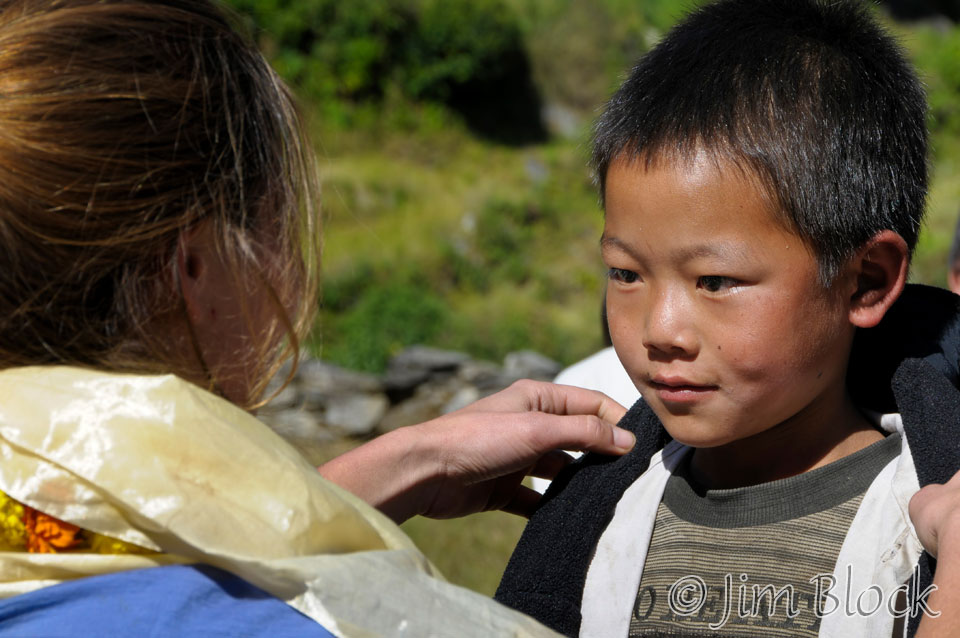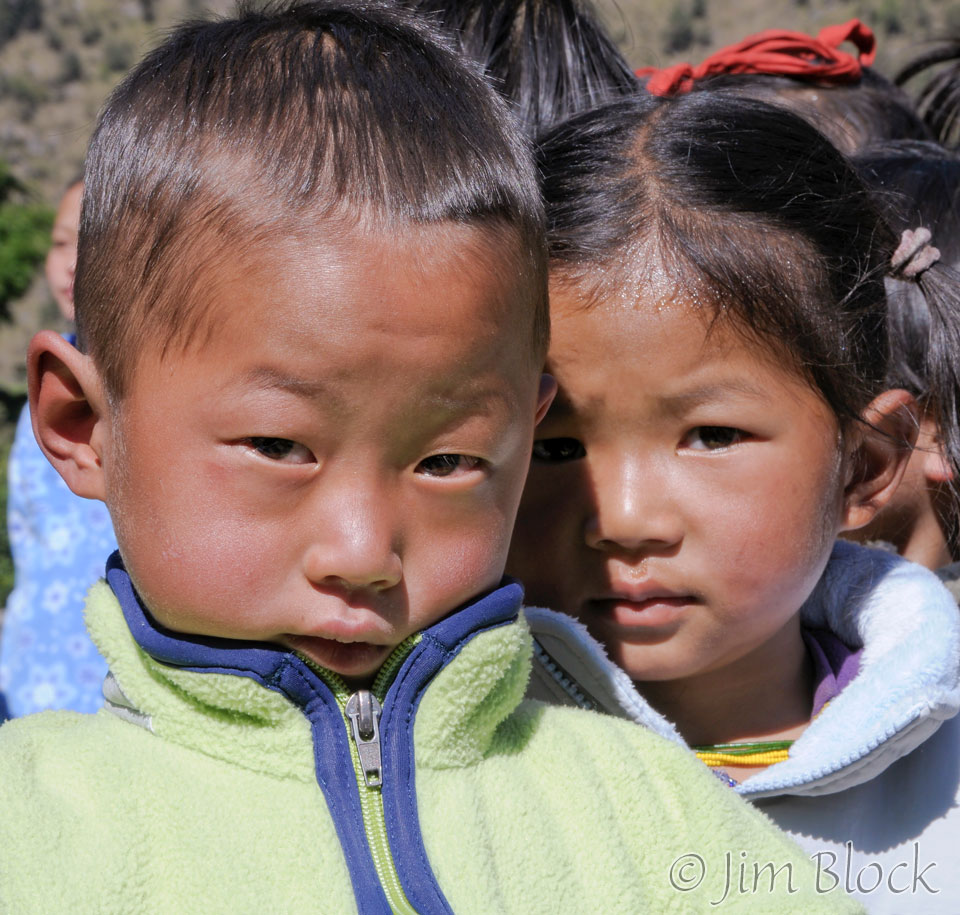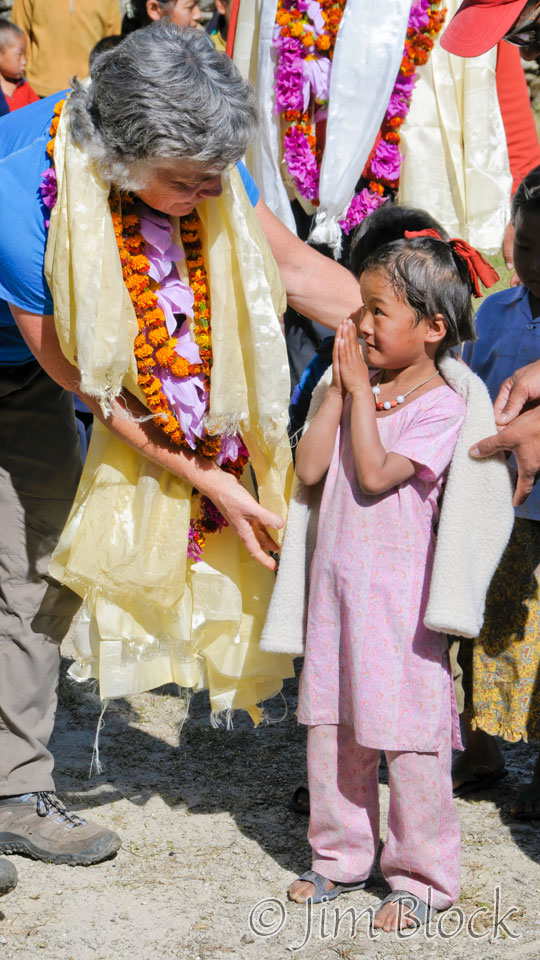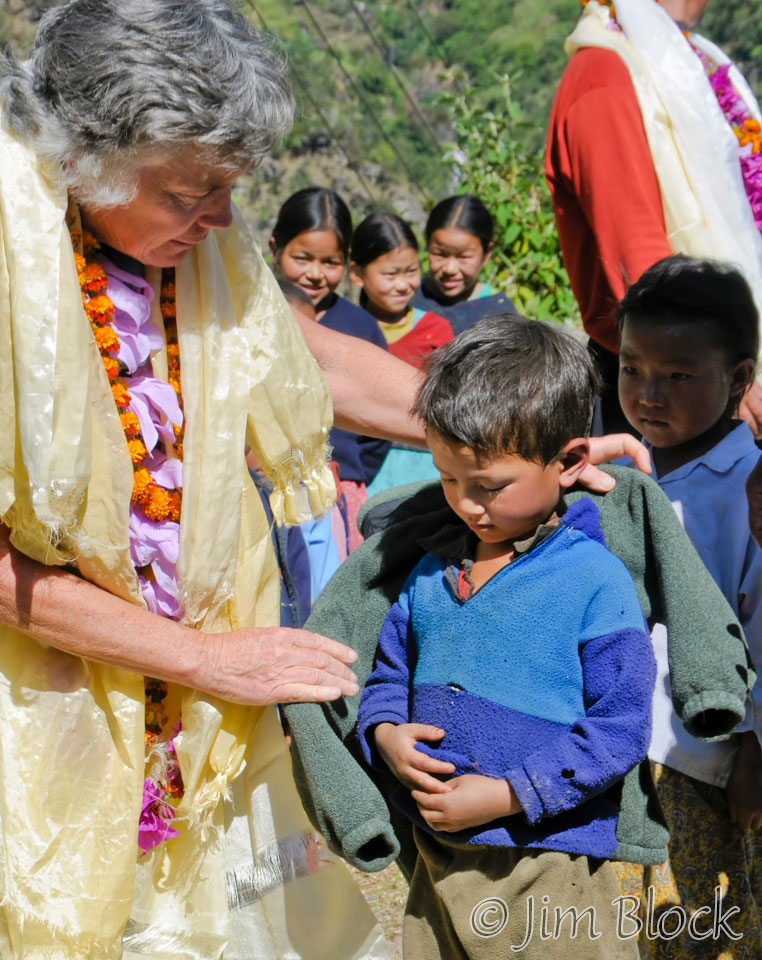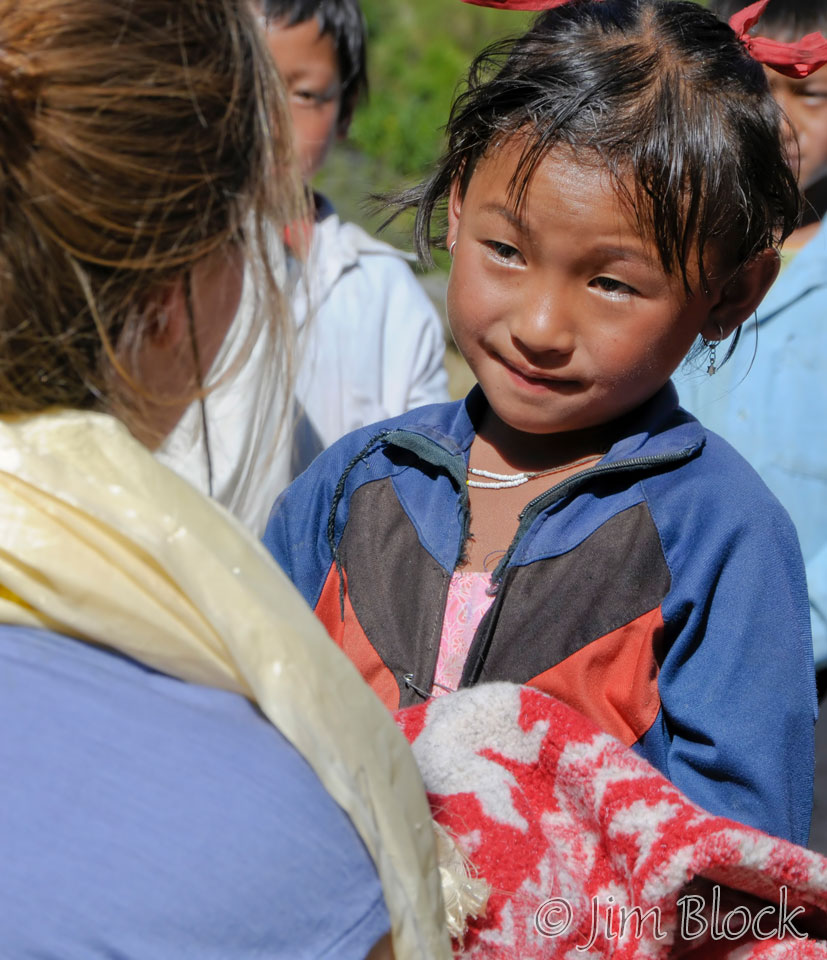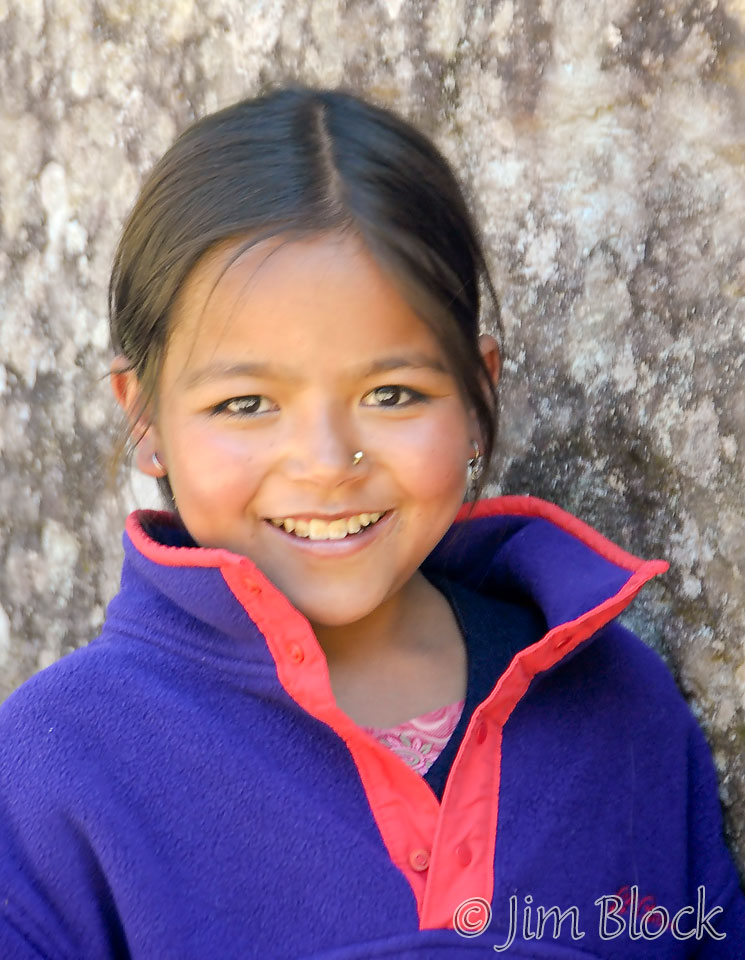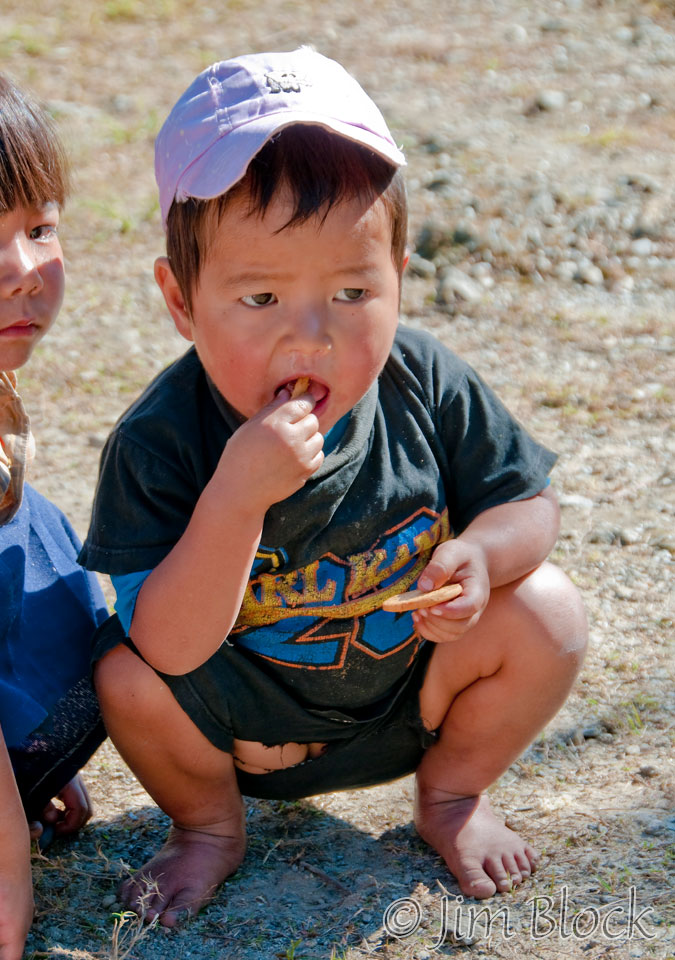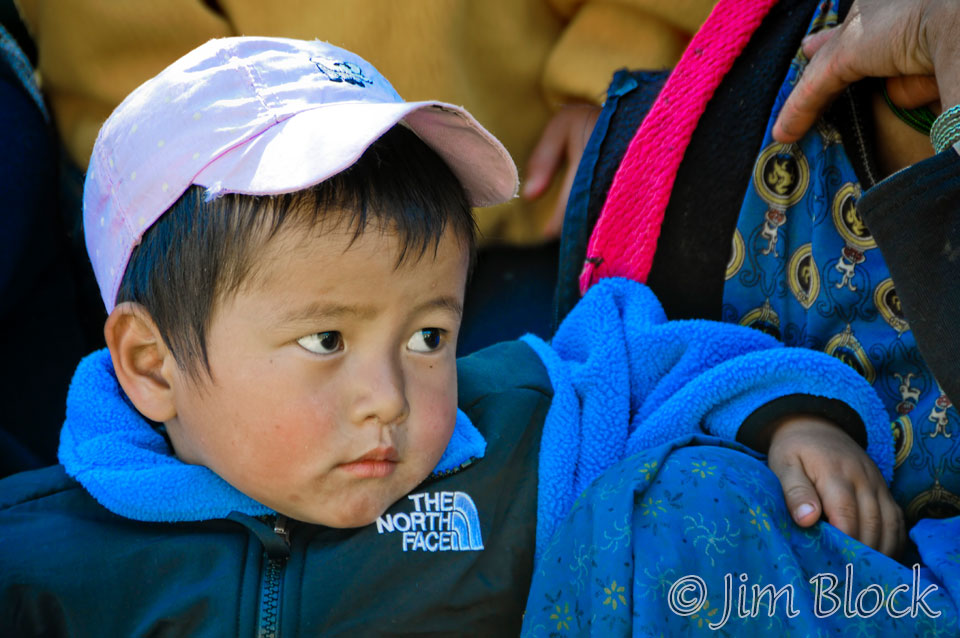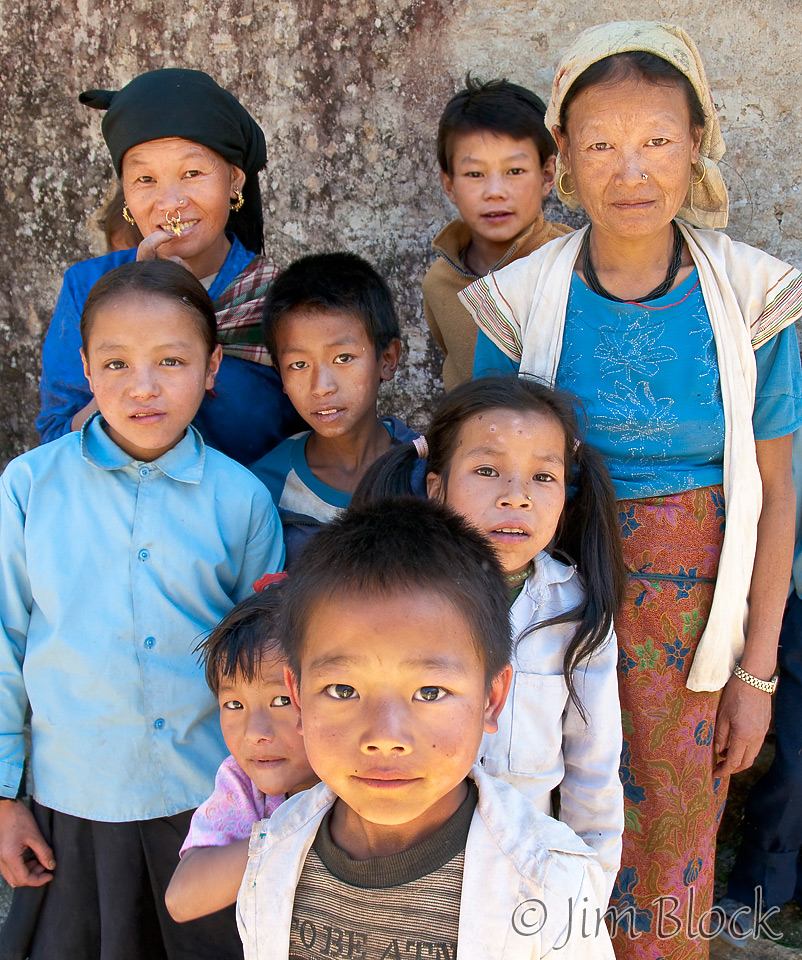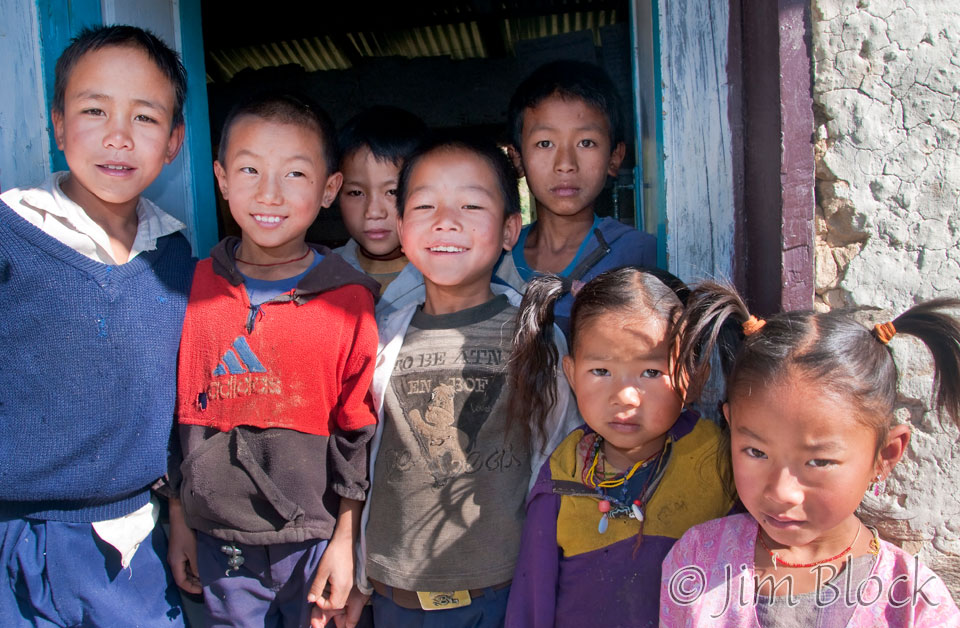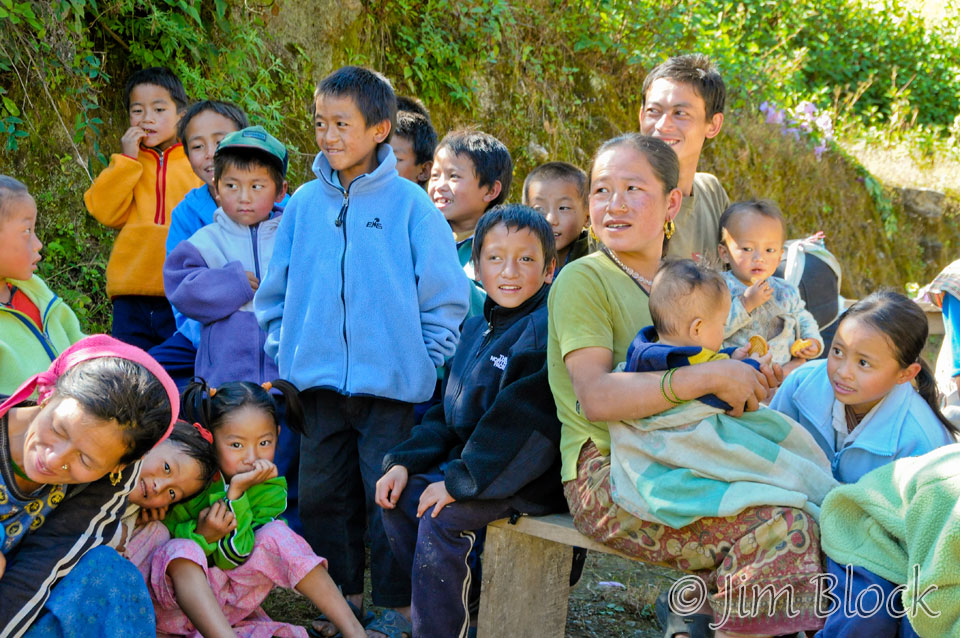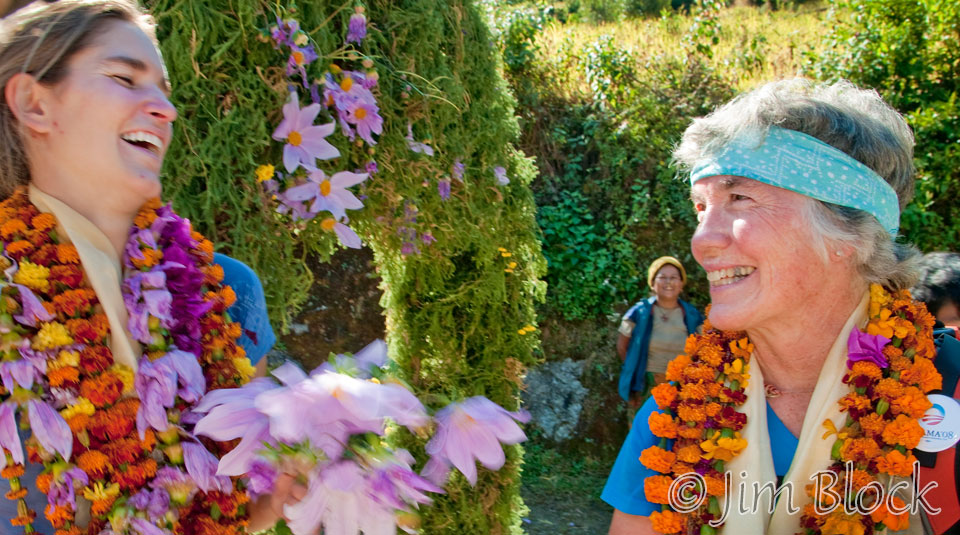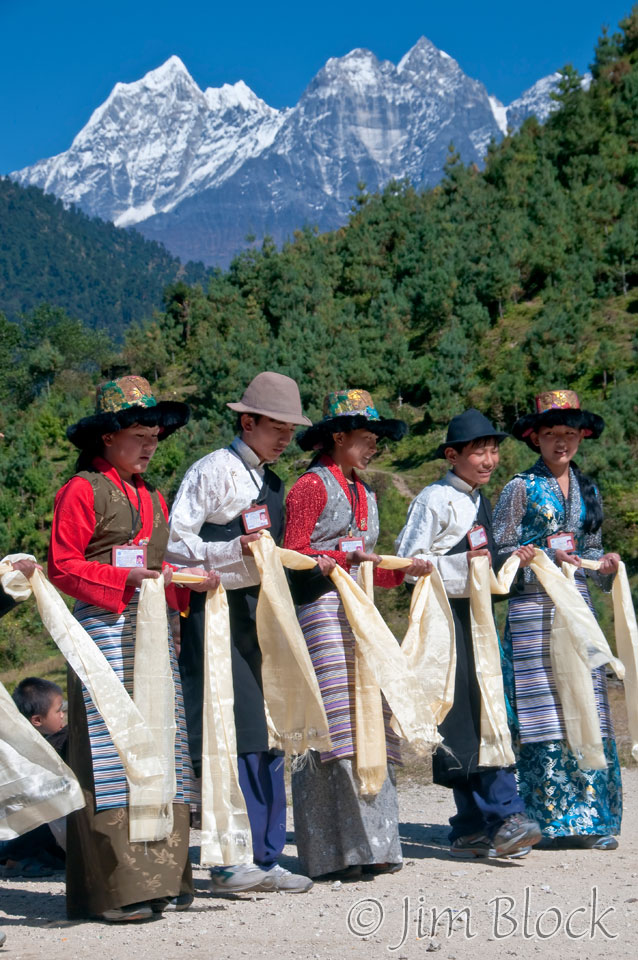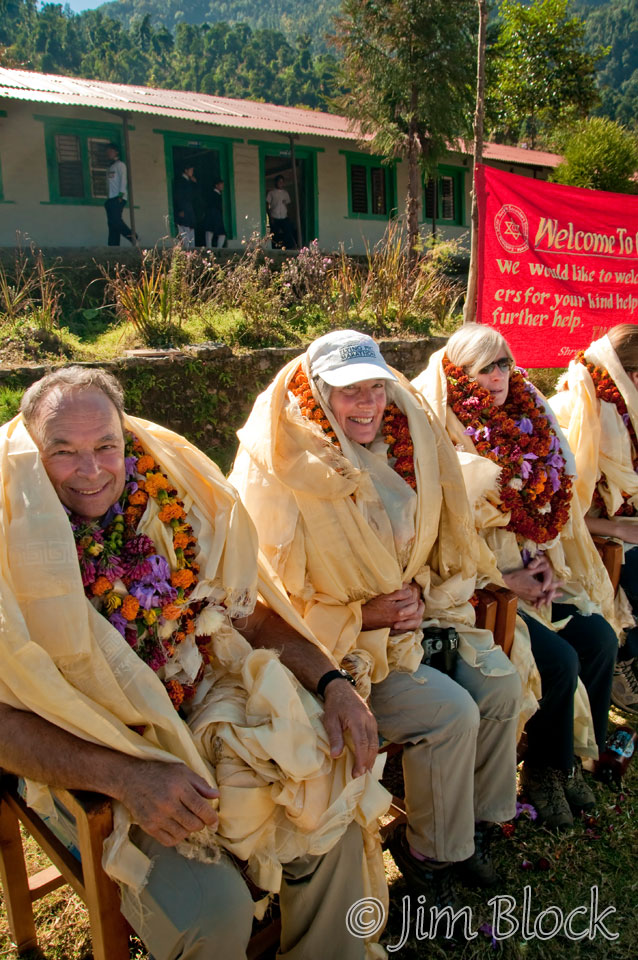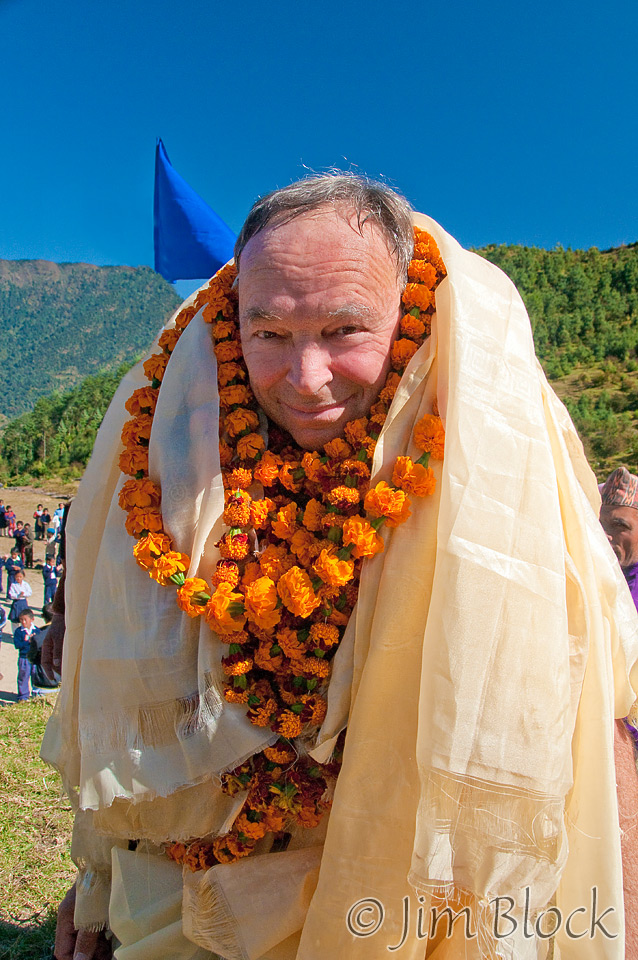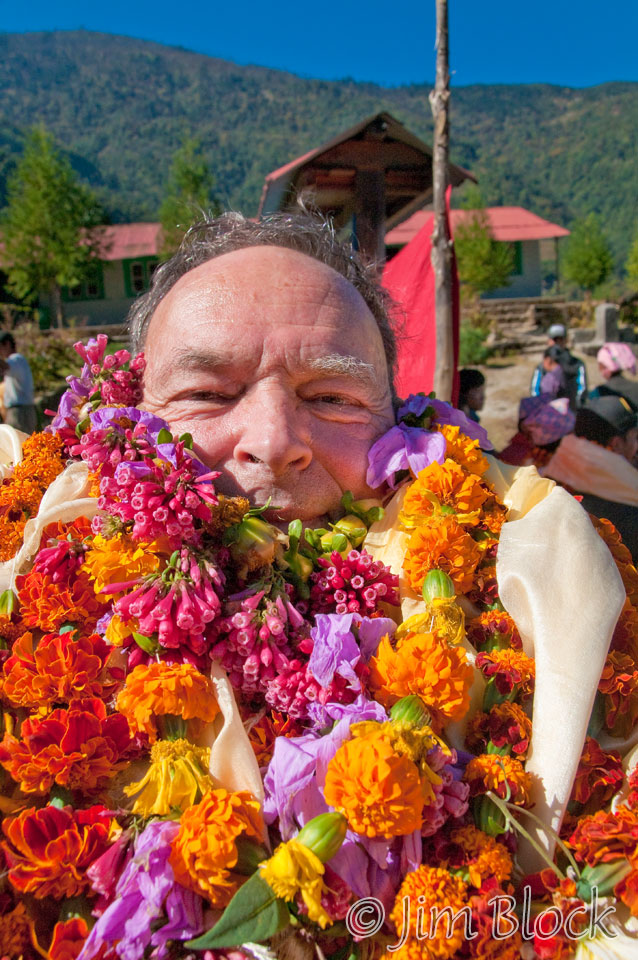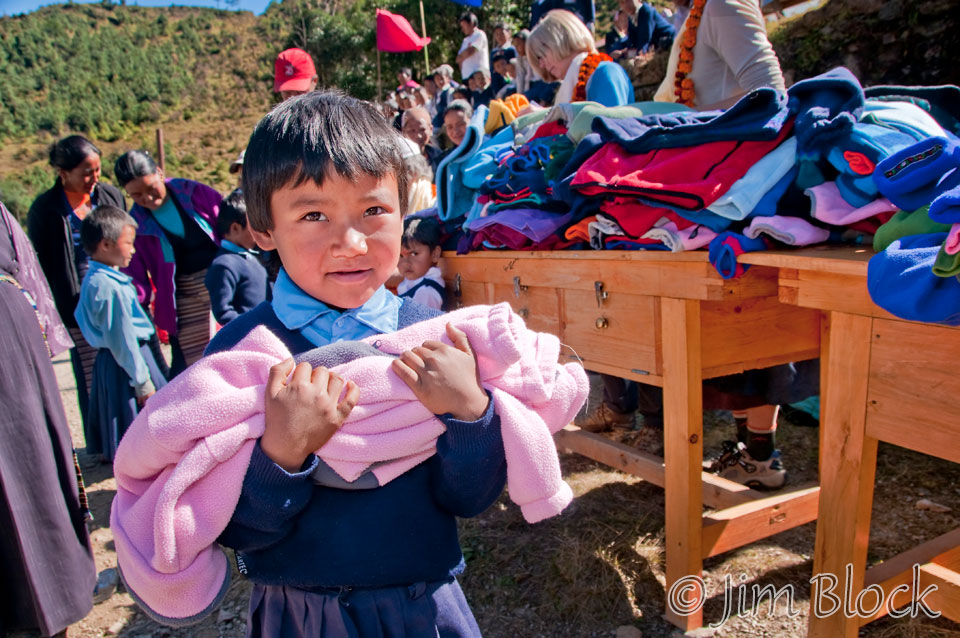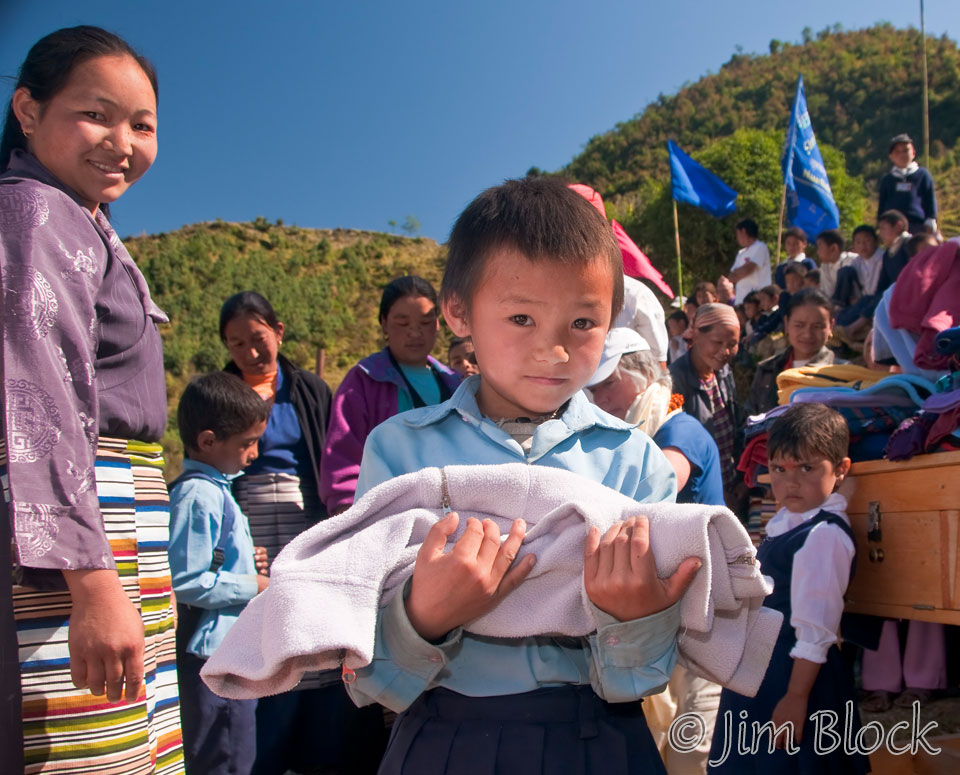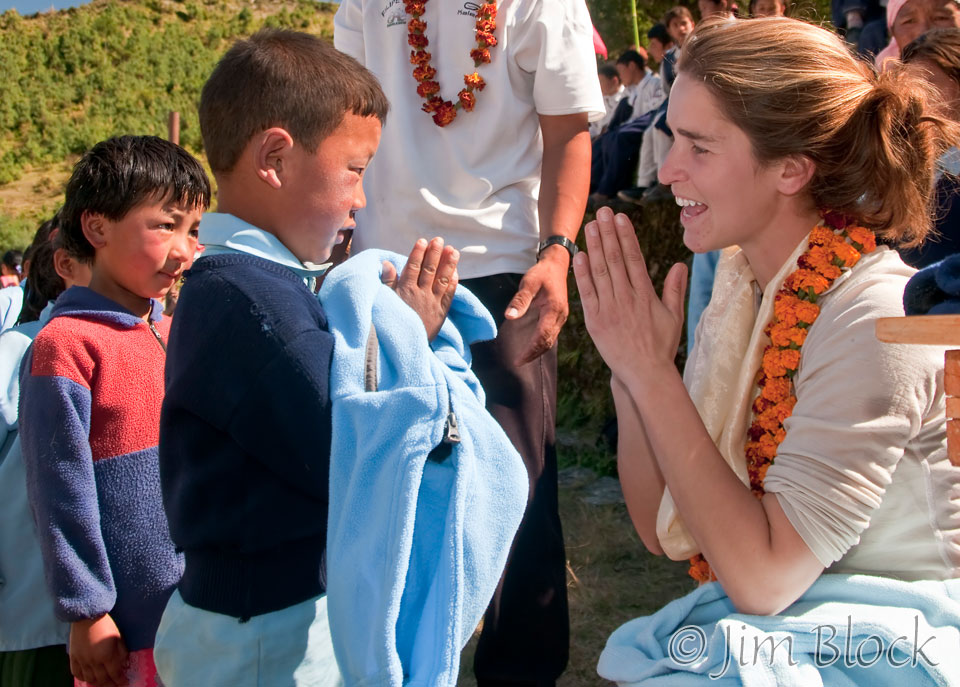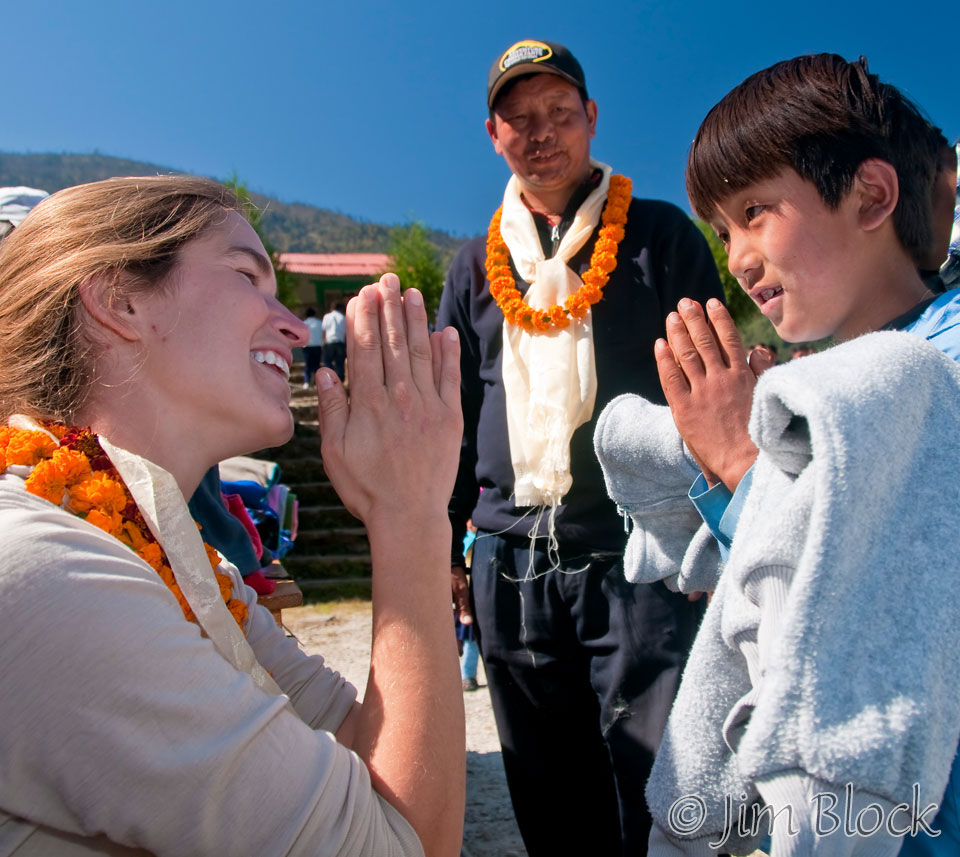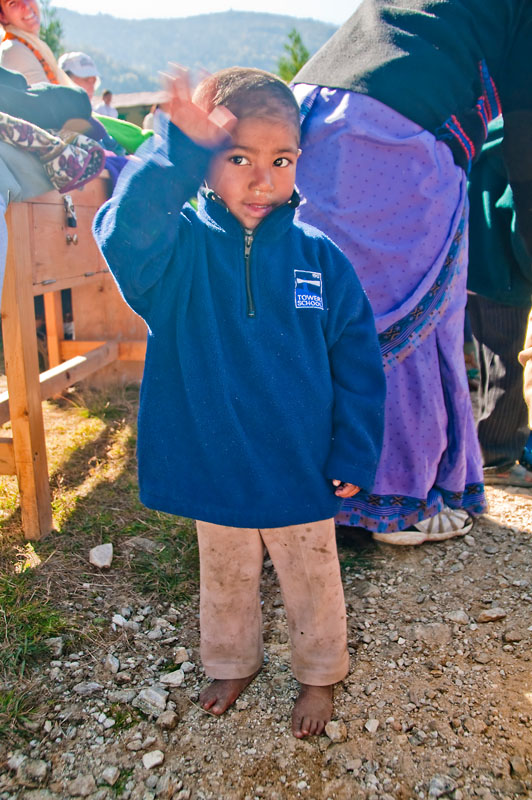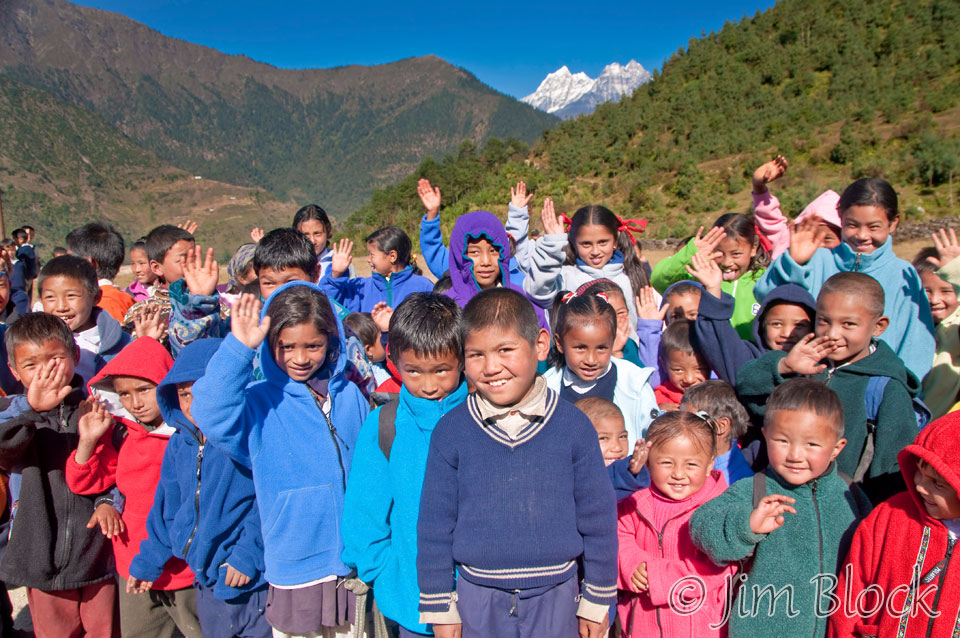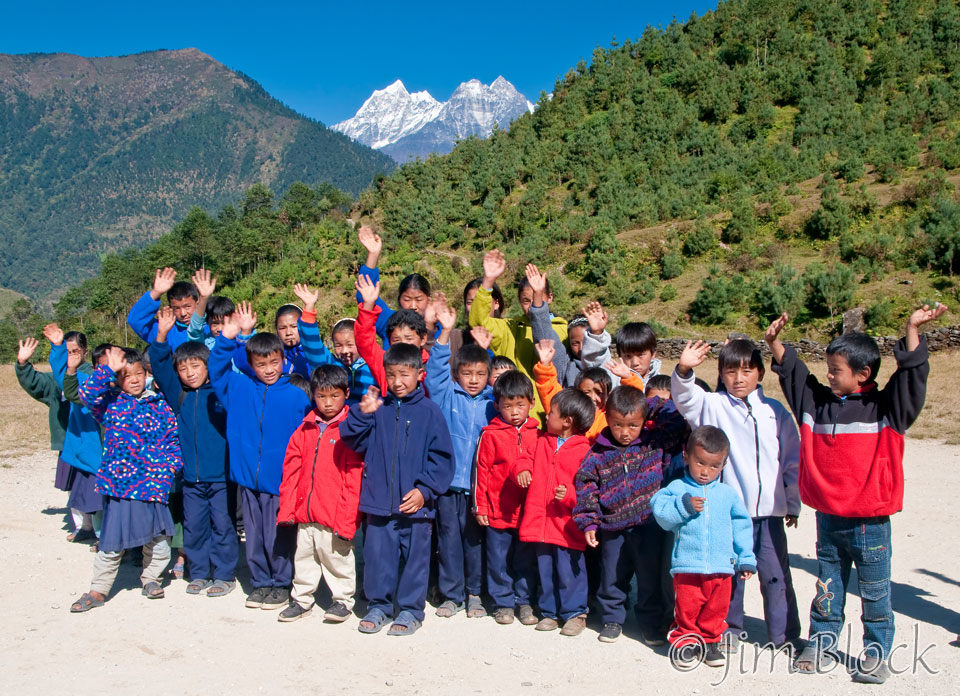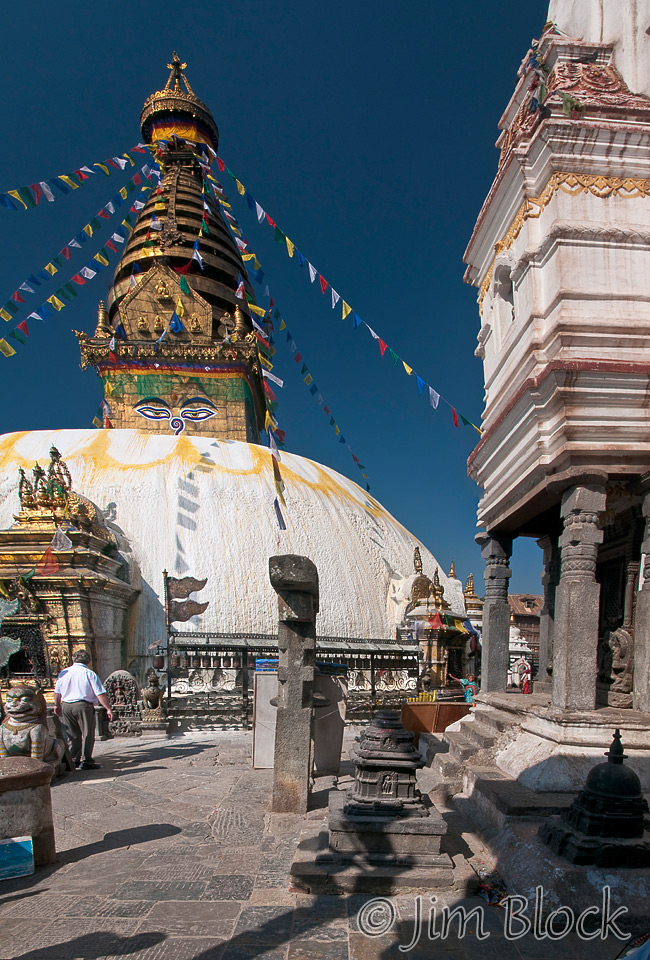
On our first full day in Kathmandu, Chhongba took us on a tour of three very interesting temples.
Swayambhu, the ” Monkey Temple”, as the rickshaw drivers call it, is seen on the right and below. It is probably the most sacred among Buddhist pilgrimage sites.
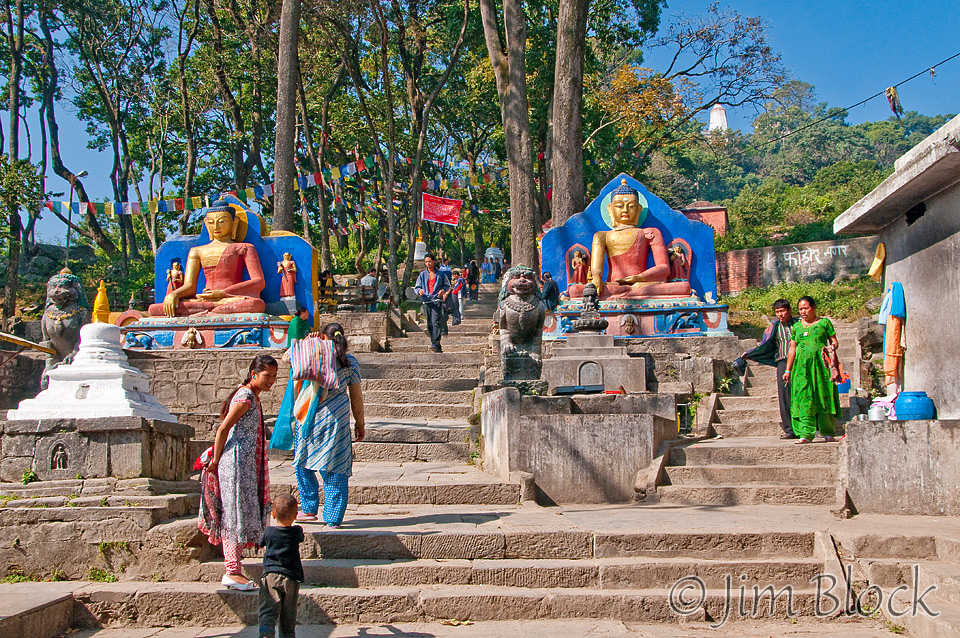
Then we saw a ceremonial meal at Budhanikantha, a Hindu open air temple.
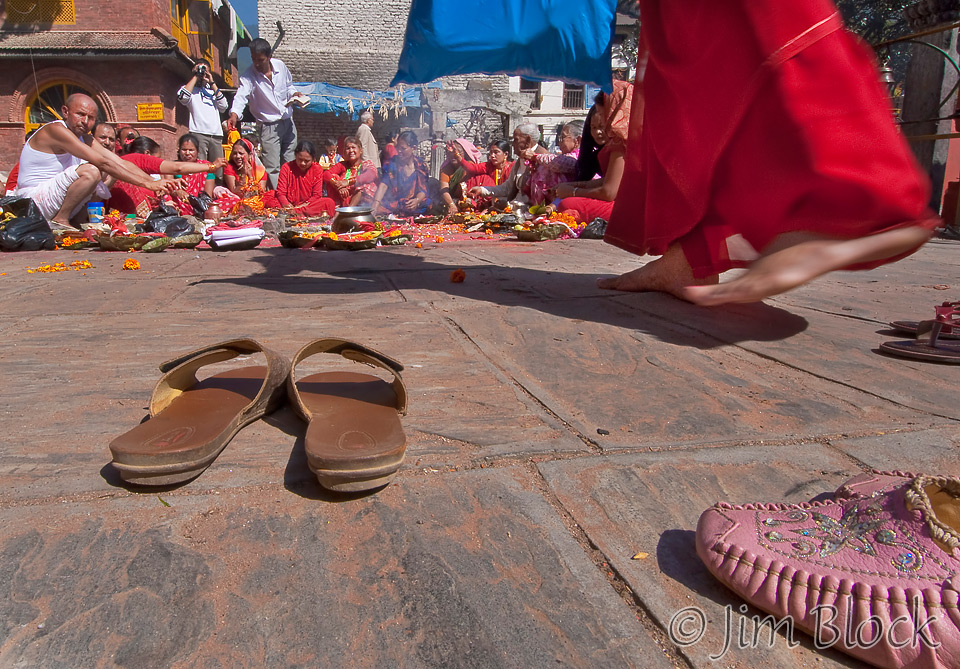
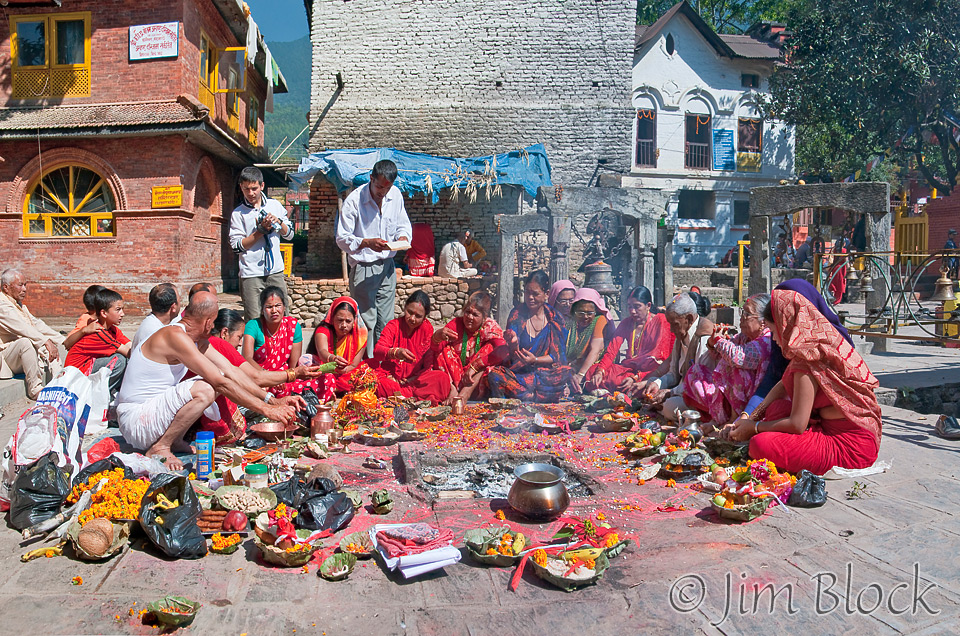
That afternoon, we visited Boudhanath a Buddhist area constructed by Tibetan refugees. The Boudha Stupa, seen below, is a UNESCO world heritage site.
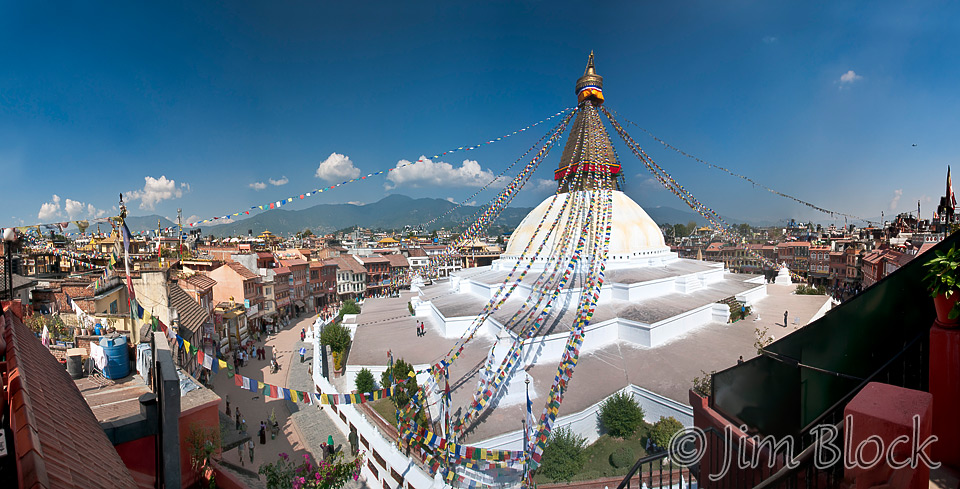
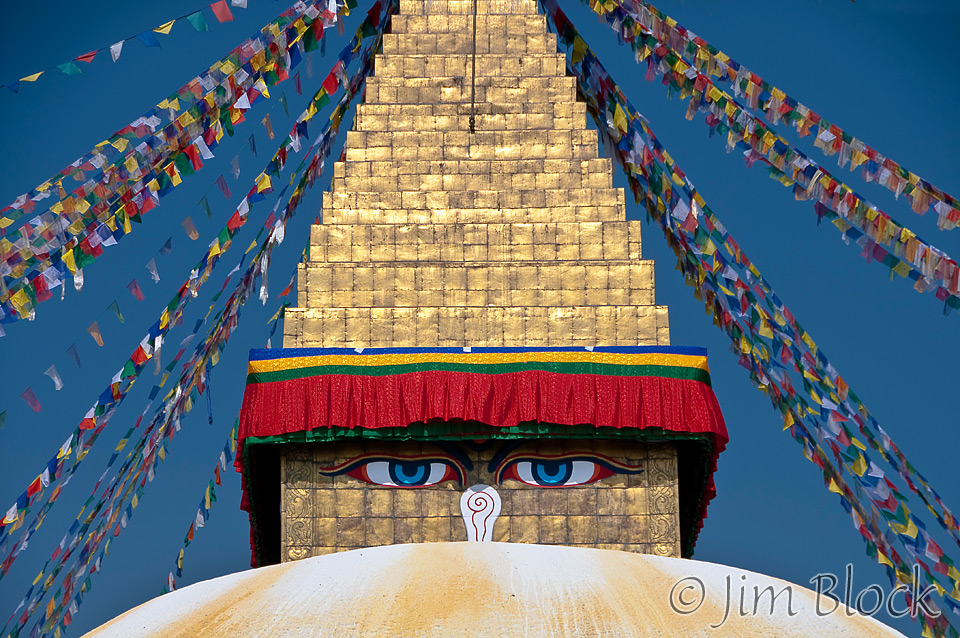
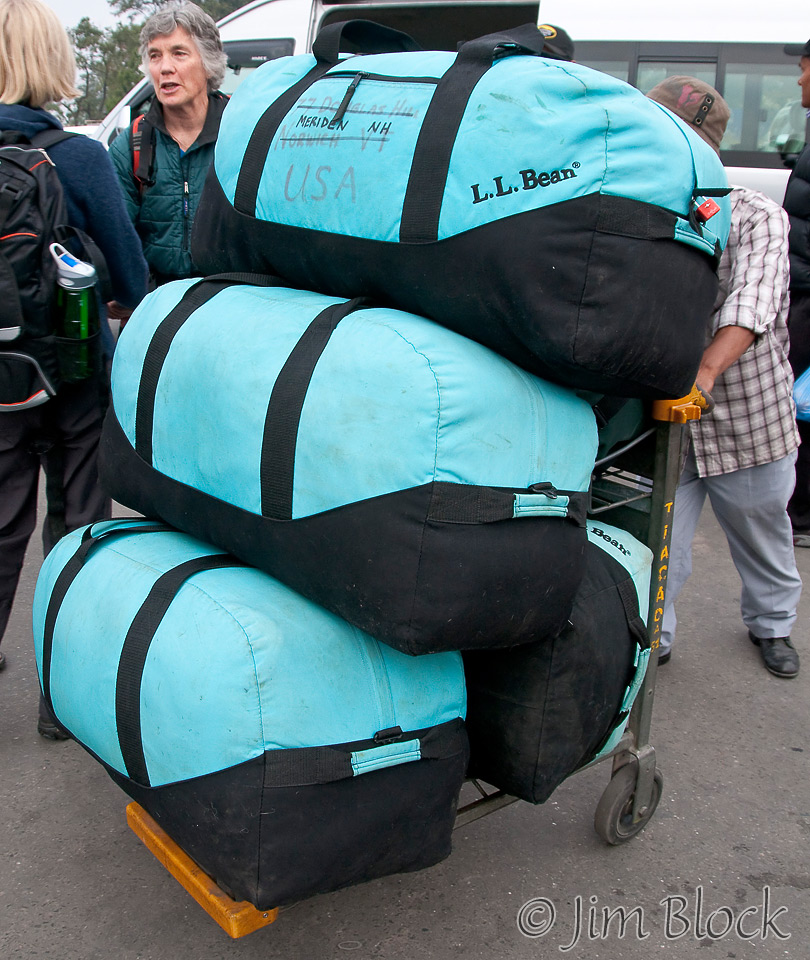
The next day we hauled 50 pound bags filled with fleece jackets to the domestic terminal in Kathmandu.
After seeing the very upscale airport in Bahrain, Kathmandu International Airport resembles a slum. But the international terminal is far superior to the dump that passes for the domestic terminal. We waited for a long time to check in.
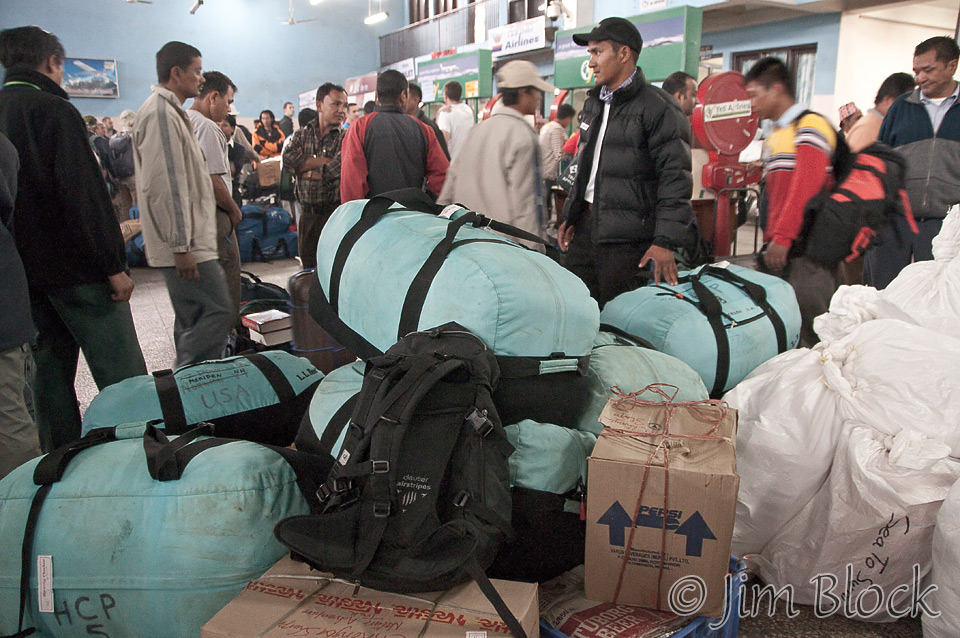
Then we waited even longer in the crummy departure terminal. Chhongba told us that Lukla was fogged in so there was going to be an indeterminate delay. The Lukla Airport, formally the Tenzing-Hillary Airport, is on the edge of a cliff with a mountain immediately behind a very short runway. An article on Forbes calls it “The World’s Most Dangerous Airport“. It is not a place to fly into under poor conditions. I’ve been in and out two times each, and it is always exciting.
Since Chhongba knows practically everyone in Nepal, or so it seems, he was able to get us luxury seats on the roof of the airport terminal. Not really high class but at least we had the area to ourselves, and we were out in the “fresh” air and sun.
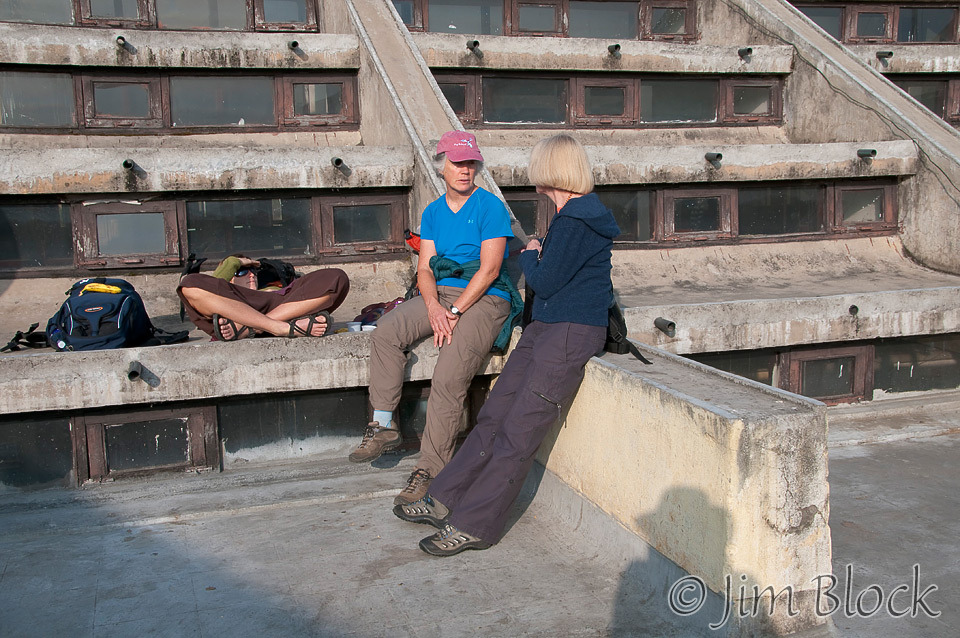
Here I am with Sarah on the roof enjoying the morning sun.
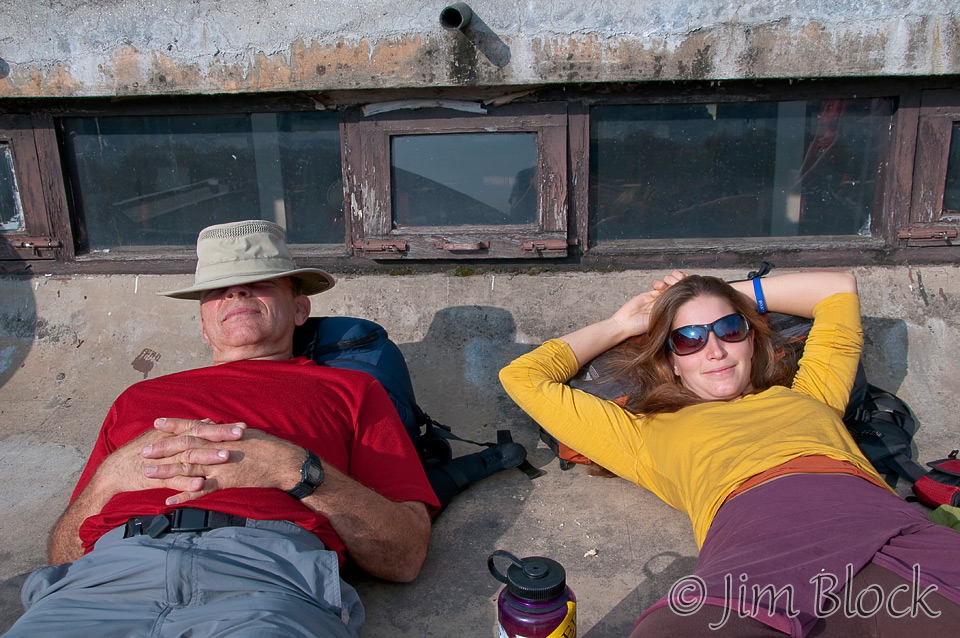
After several hours of this, all flights to Lukla were cancelled for the day. So we went back to our hotel with all our gear and fleece jackets to try again another day.
Lukla was still fogged in the next day, so Chhongba took us on a tour of Patan where we saw statues for the Khari Gompa monastery beginning to be formed. It was very educational and enjoyable.
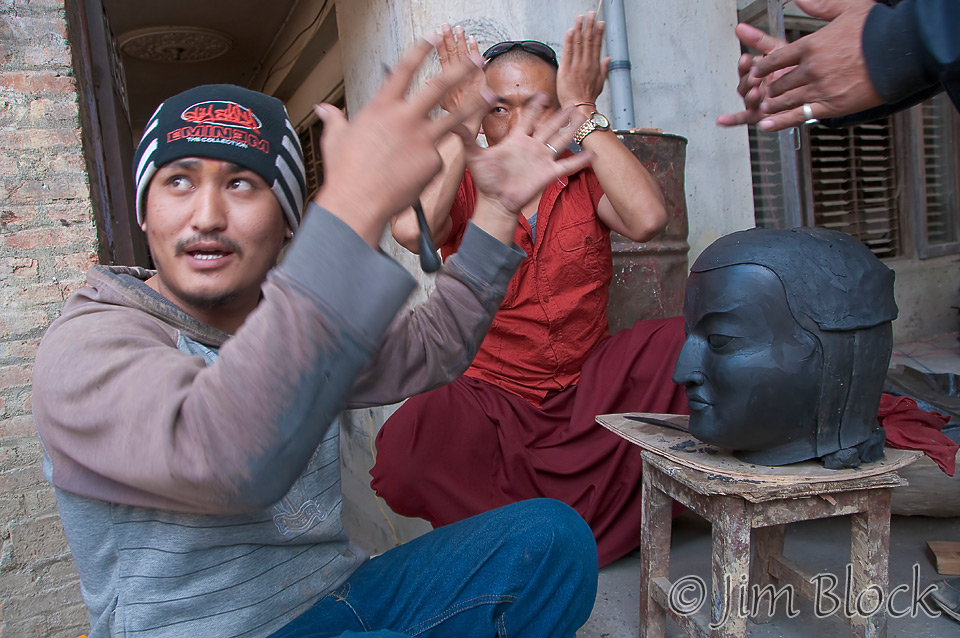
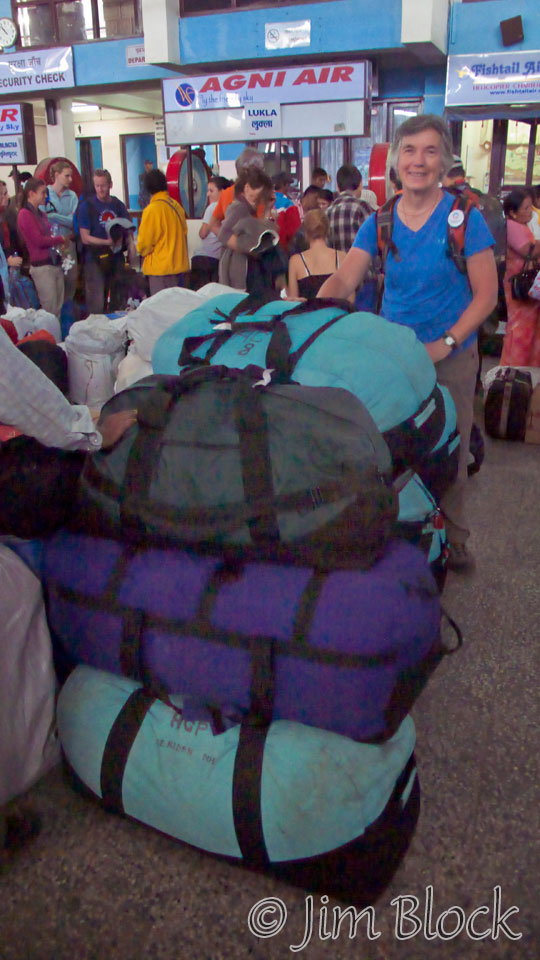
Two days after our first attempt, we retuned to the domestic terminal in Kathmandu. This time we made it to Lukla, although Chhongba had to take a later flight.
Here is an extract from my photo notebook:
“Flight was worth the price of the flight from Boston! SPECTACULAR. 3:20pm: No room at local lodges and it gets pitch black by 6 and our bags may or may not be here… 4:00pm: all bags are here but no Chhongba. And we have two rooms with two beds in each at the airport lodge.”
There were three women and me on this trek. In jest, I offered to bunk with Sarah. Leeli said she would room with me but then she discovered that she could take the thin mattress from one of the two beds and carry it to the room where Sarah and Denise were. So I had the room to myself.
For the next two days we trekked through the Solu region of Nepal to the charming village of Jubhing. Each porter carried two 50-pound bags. Here are photos from those two days.
Before descending through beautiful millet fields to Jubhing, we visited the home of Alawa Sherpa, a porter and very good friend of Chhongba’s. Alawa had built a Buddhist prayer hall for the village next to his modest home. He is a wonderful individual whom I got to know well on two trips, although we do not speak the same language.
Descending to the village of Jubhing, I took a short detour when I saw a woman with a group of kids. I took a photos of her and showed them to her on my camera monitor. From her expression it was clear that she had never seen a digital camera before. Unlike the people of the Khumbu region who see tourists all the time trekking to Everest Base Camp, the people in the Solu region were generally unfamiliar with tourists and hence, much more friendly. Here are some photos I took of her and her kids. Perhaps one or two of them were not hers.
Farther down I took this photo of Chhongba walking through the millet fields. You can see the beautiful spring blossoms on the trees.
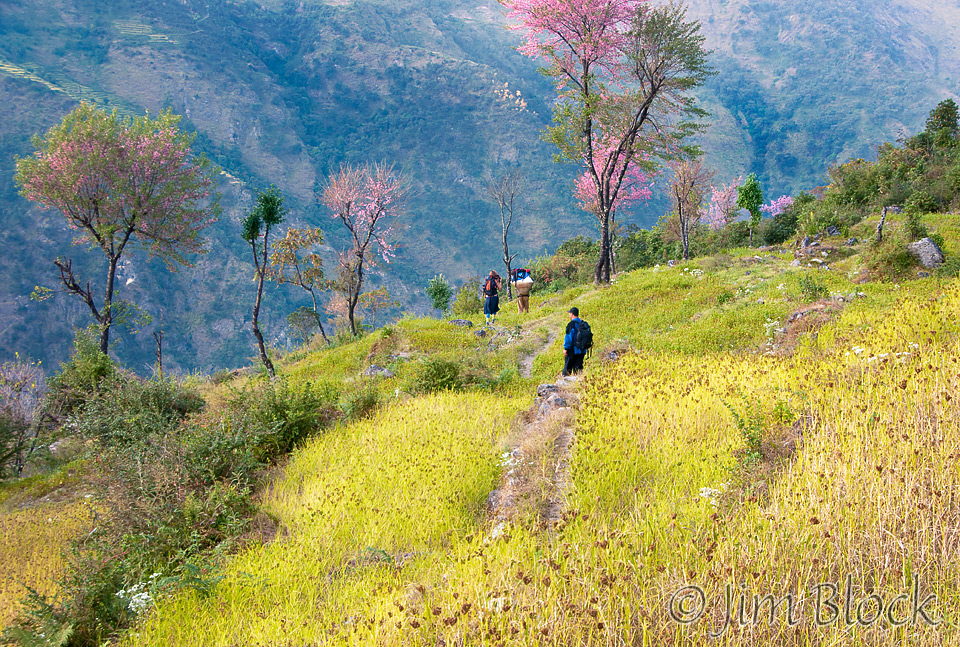
Still above Jubhing, I got a photo that is another of my favorites from this trip. I have printed it large, and it still hangs on my wall. I called it the “Marigold House”.
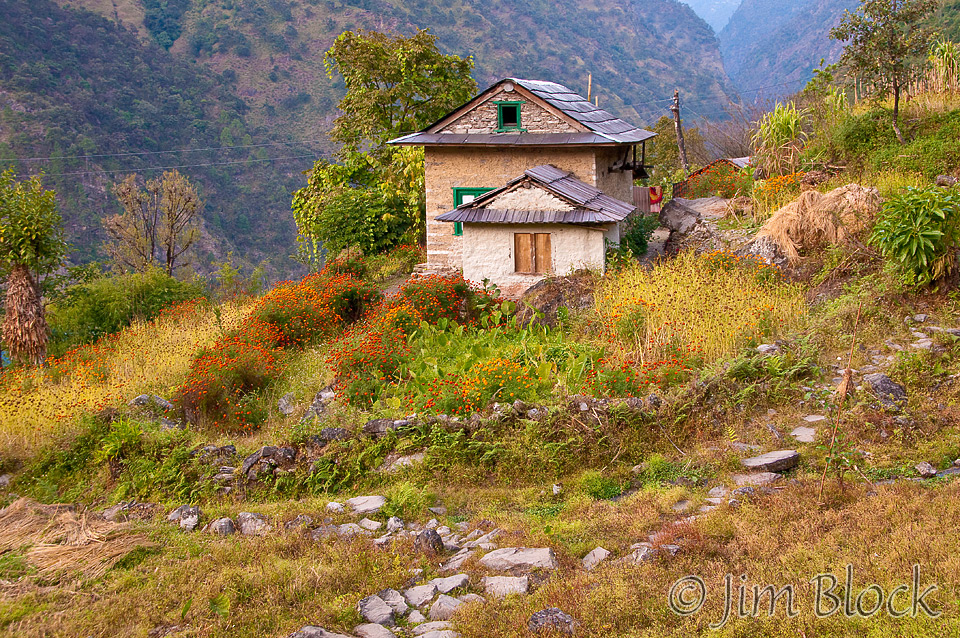
Still heading down, I took this photo. These people live in a beautiful area, but Chhongba says they are very poor. Old family homes. Many of the men move to Kathmandu for jobs.
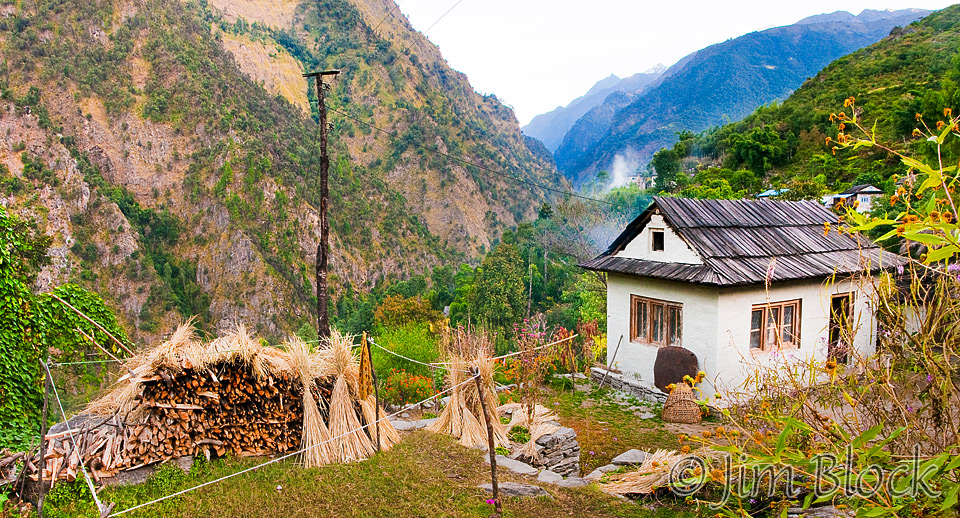
In the village I photographed a women with interesting jewelry.
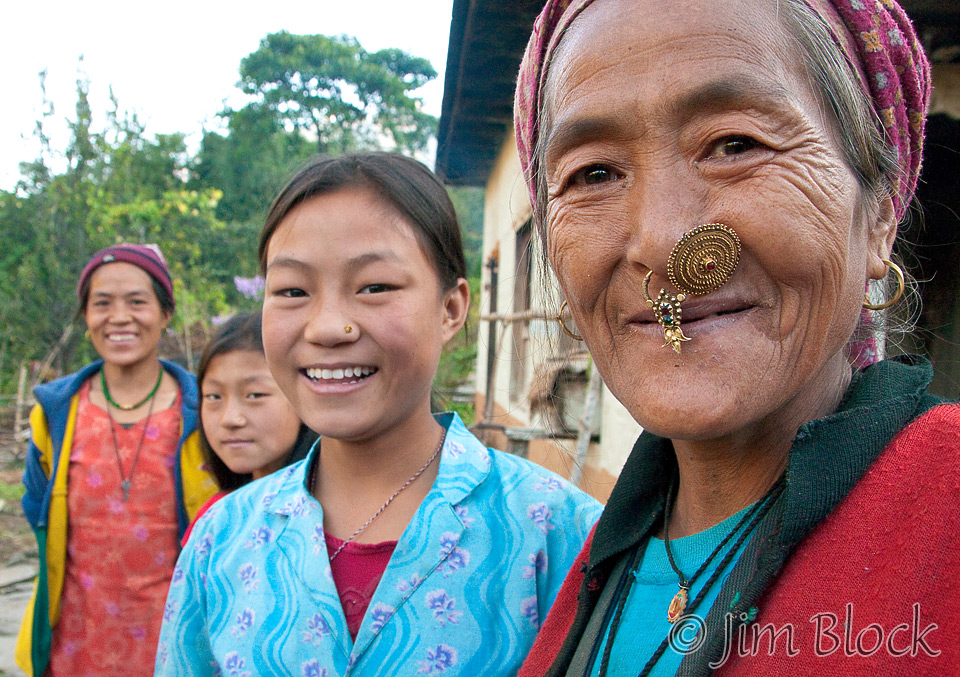
I had no idea what to expect the next morning. We headed downhill, crossed the Dudh Koshi river, turned a corner, and suddenly saw a large welcome sign with children lined up at the small Purdu School. That is the whole school in the background of the second photo below.
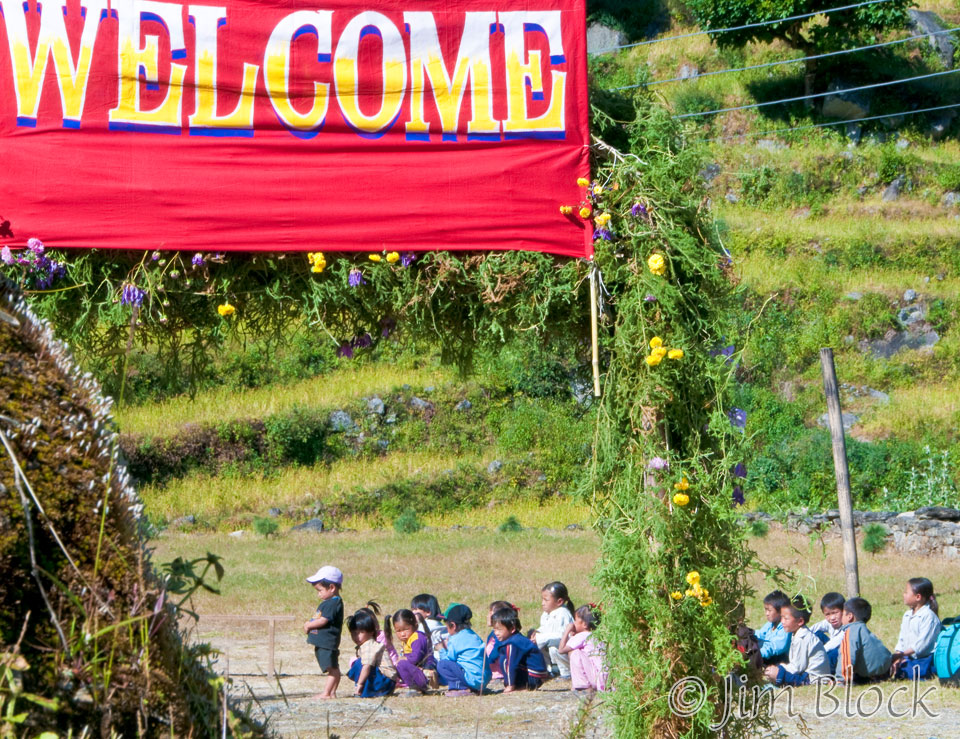

Many of the people were Rai with interesting jewelry. Here is another one of my favorite photos from the trip.
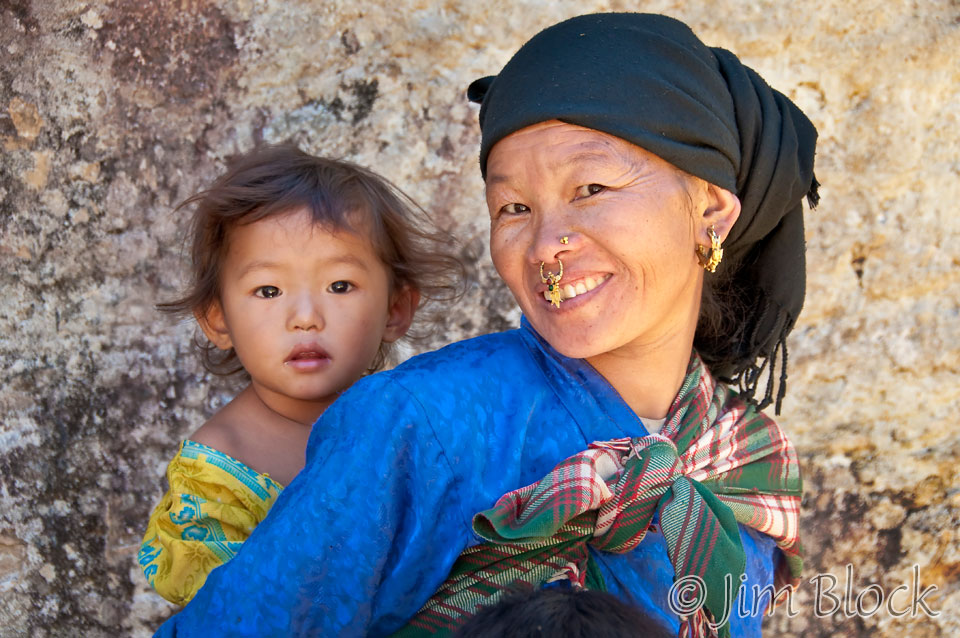
We were draped with katas and marigold and dahlia wreaths. Then we distributed the jackets. Some of the children were barefoot. Here are some of the photos from the 90 minutes we spent at the school.
We posed for a group photo with the children wearing their new jackets before we left. Chhongba is in the back in the middle.

We started the very long climb up to Nunthala. I took this photo looking back at the school and the terraced fields of millet.
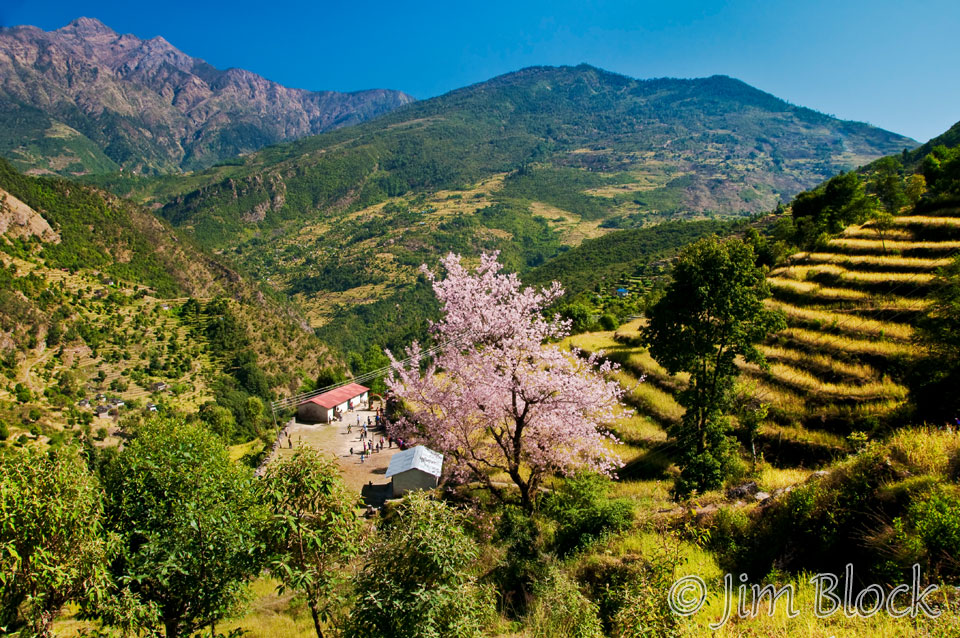
The next two nights we stayed in a hotel in Nunthala. I was fourth in line for the hot shower. When I got there the water was less than hot. No matter. I’ve learned that in Nepal “hot shower” actually means “not cold”.
Here is a view of part of the village of Nunthala. The school where we distributed jackets is at the right hand edge of the photo.
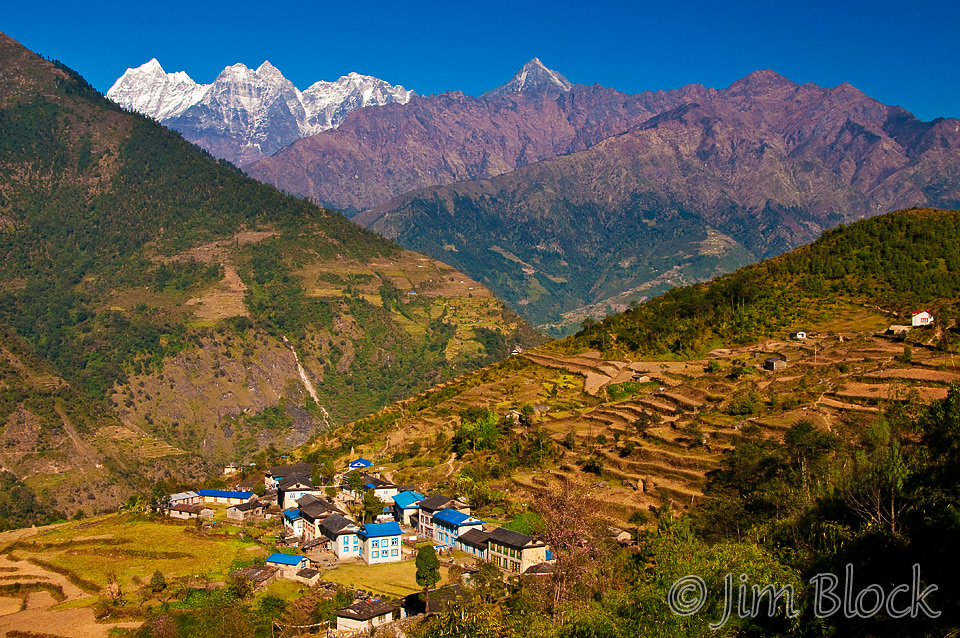
We had planned to visit numerous schools in the mountains, but since we were two days behind schedule, Chhongba arranged for some of the school children to come to us in Nunthala, Chhongba’s home village.
Later in the morning we hiked to the Nunthala school. Children from others school, some quite distant, were there. We were seated in a raised and area and treated to traditional dances and music. Then the women marched by us and covered us with katas and wreaths of marigolds, dahlias, and other flowers. Before they were mercifully removed, I might have had 30 pounds around my neck.
The children lined up to receive the fleece jackets. Leeli only brings ones with pockets because on her first trip she noticed the kids loved to put their hands in the pockets.
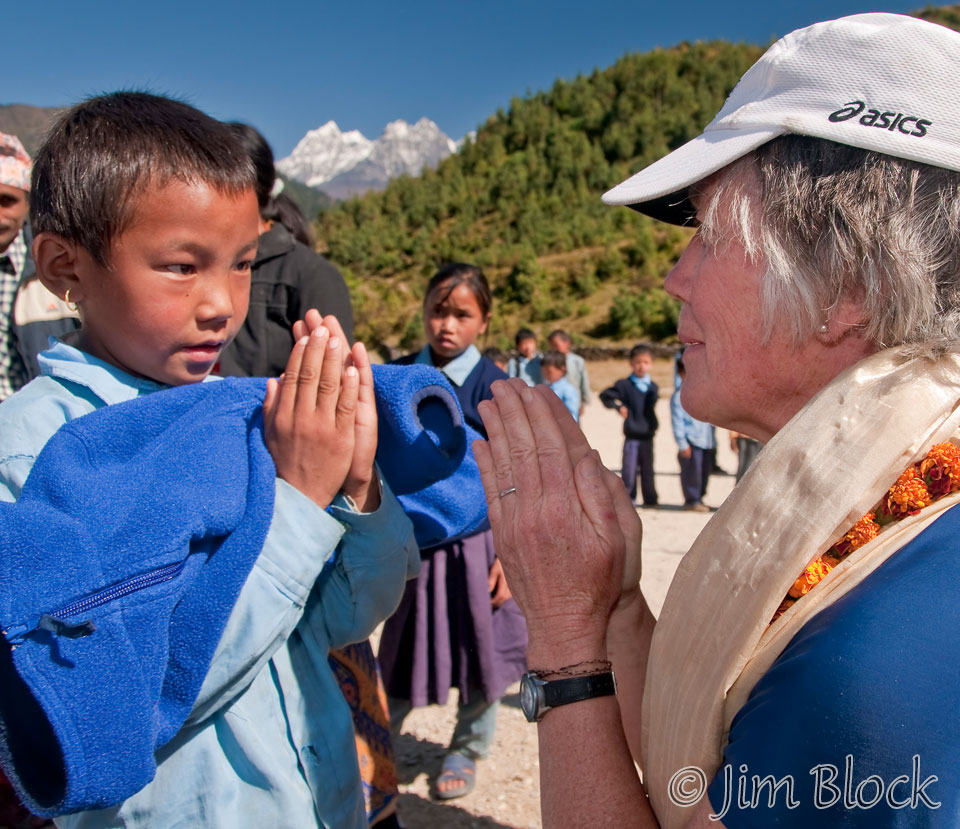
Some of the children came in rags and barefoot. The boy on the left below is named Neema. He lives over a mile above the village in a make-shift structure with a thatched roof. He visited us the next day near the Taksindu Monastery with his mother. After the visit, Leeli’s Tara Foundation helped him pay for his schooling and other necessities for a number of years.

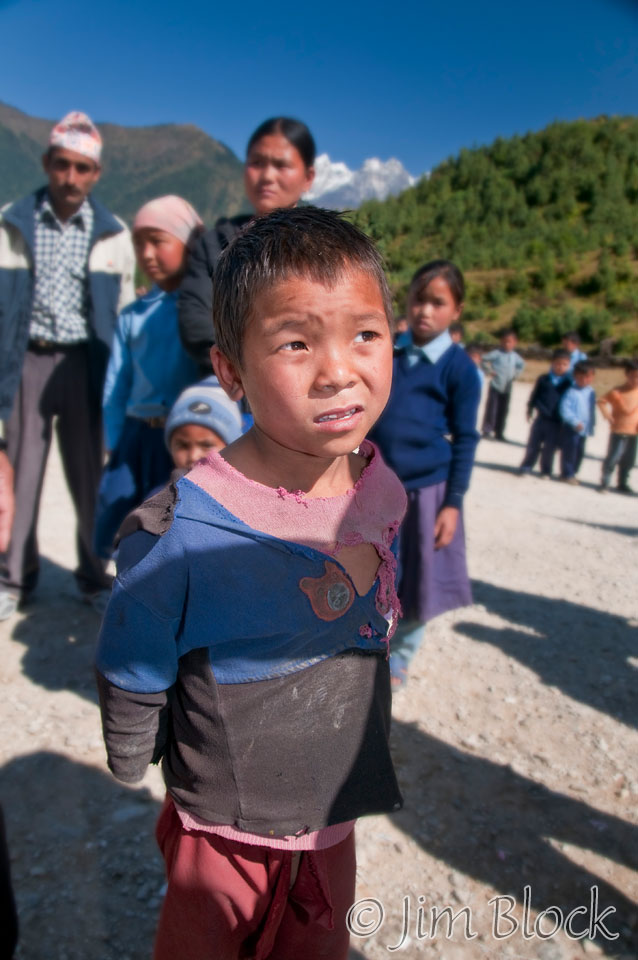
Yet another favorite photo — I got a lot on this trip — is of a man with a young girl on his back as seen below. I was pleased to see she wasn’t too young to get a jacket. She is in the light green jacket in the second photo.
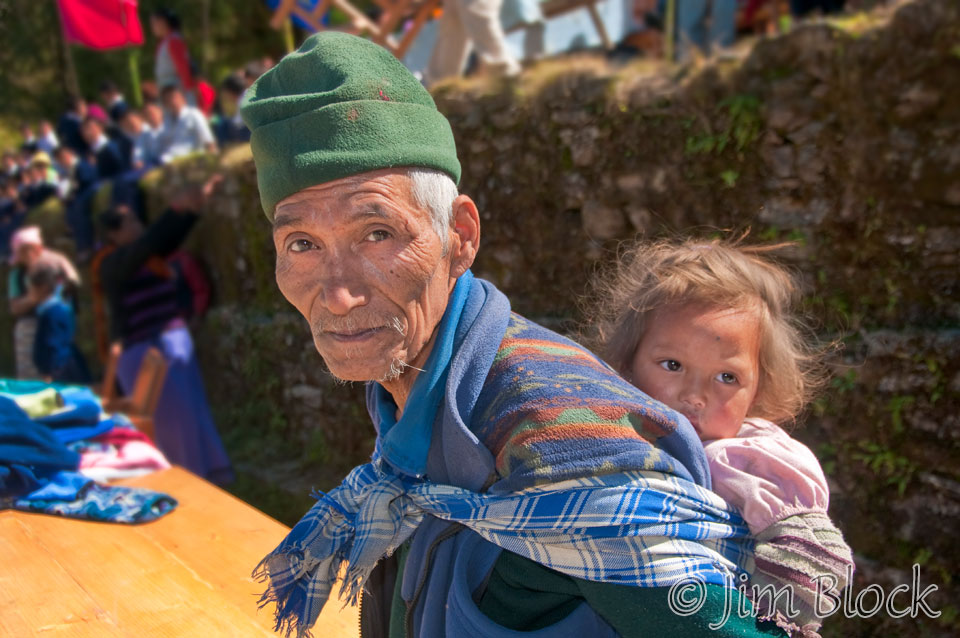
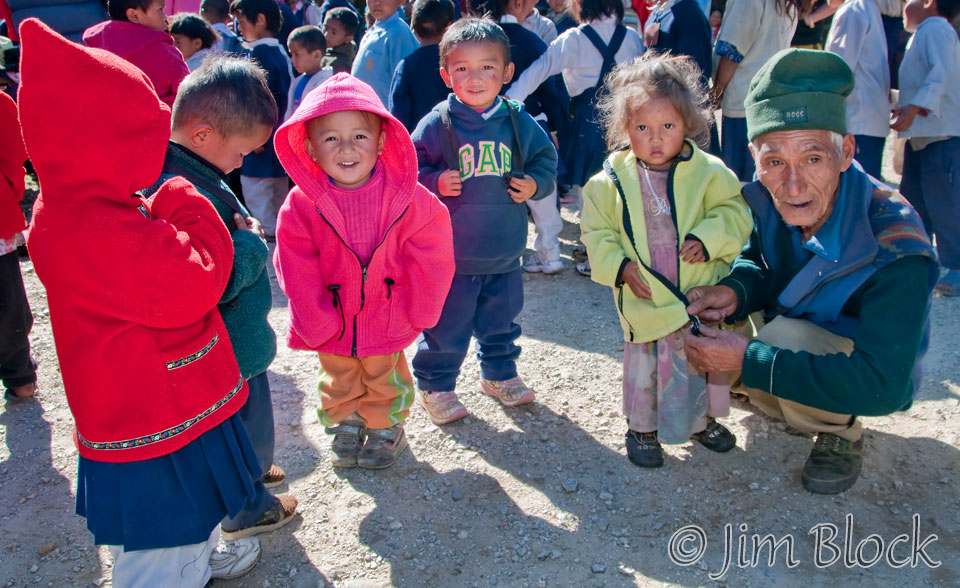
Here are a few more photos of the jacket distribution.
It was warm day, probably well into the 70s. But that did not stop the kids from wearing their warm fleece jackets.
